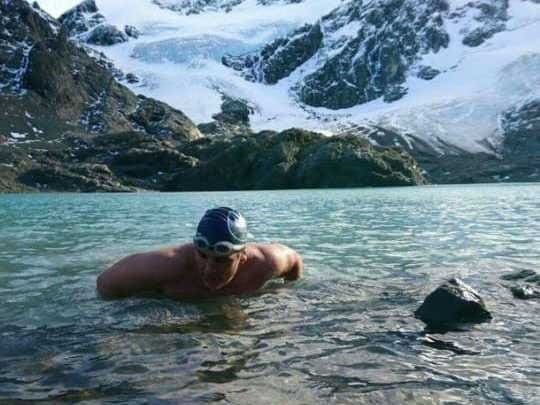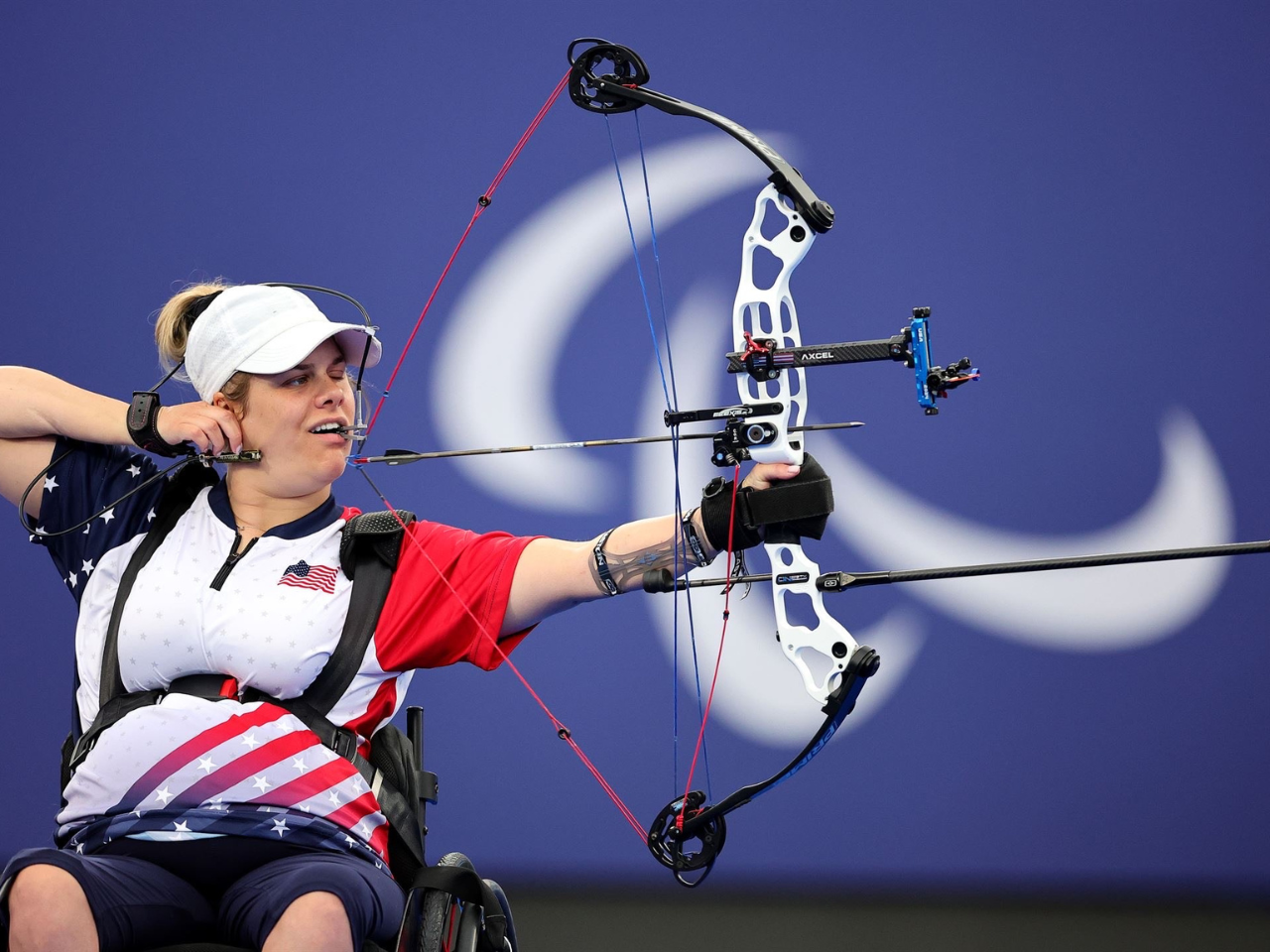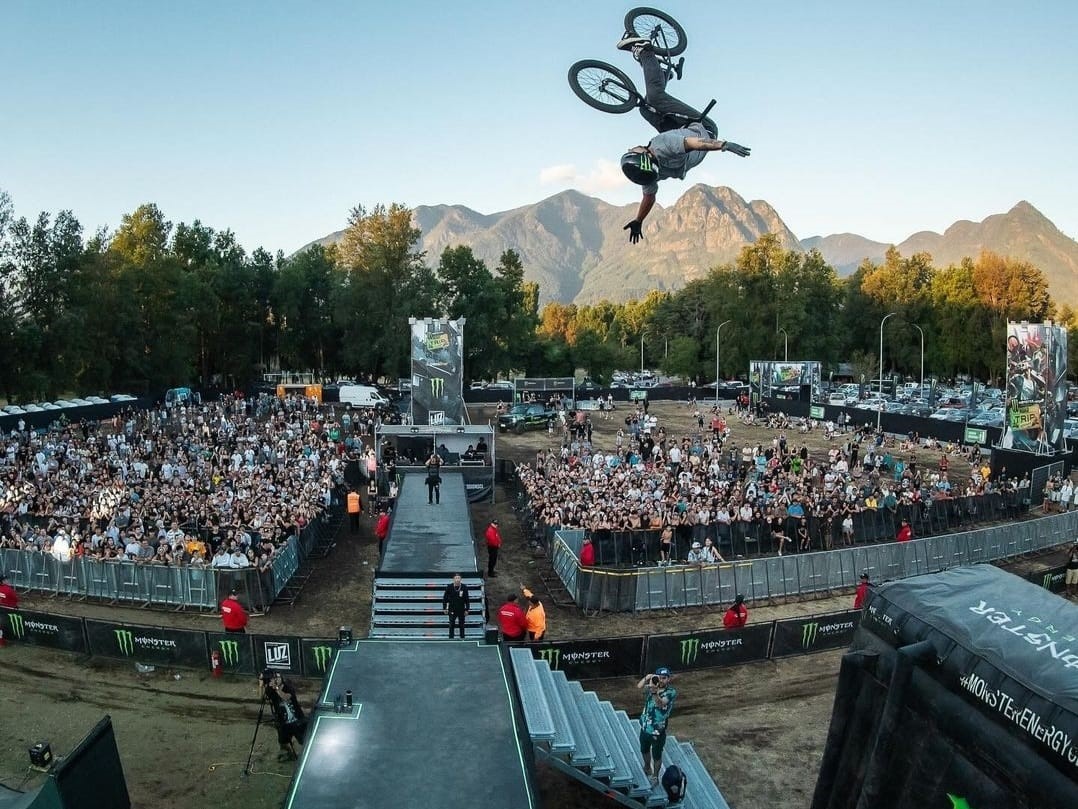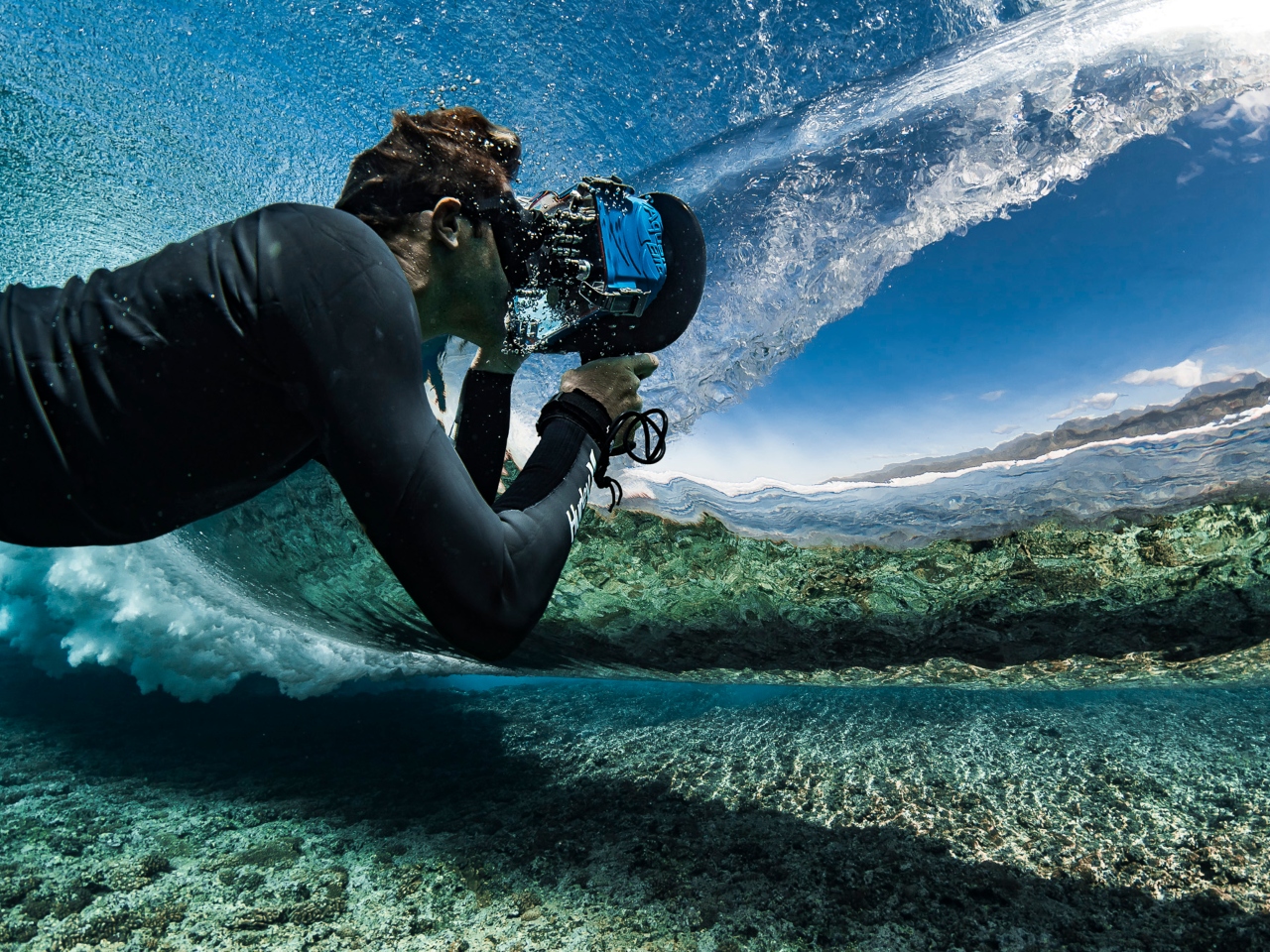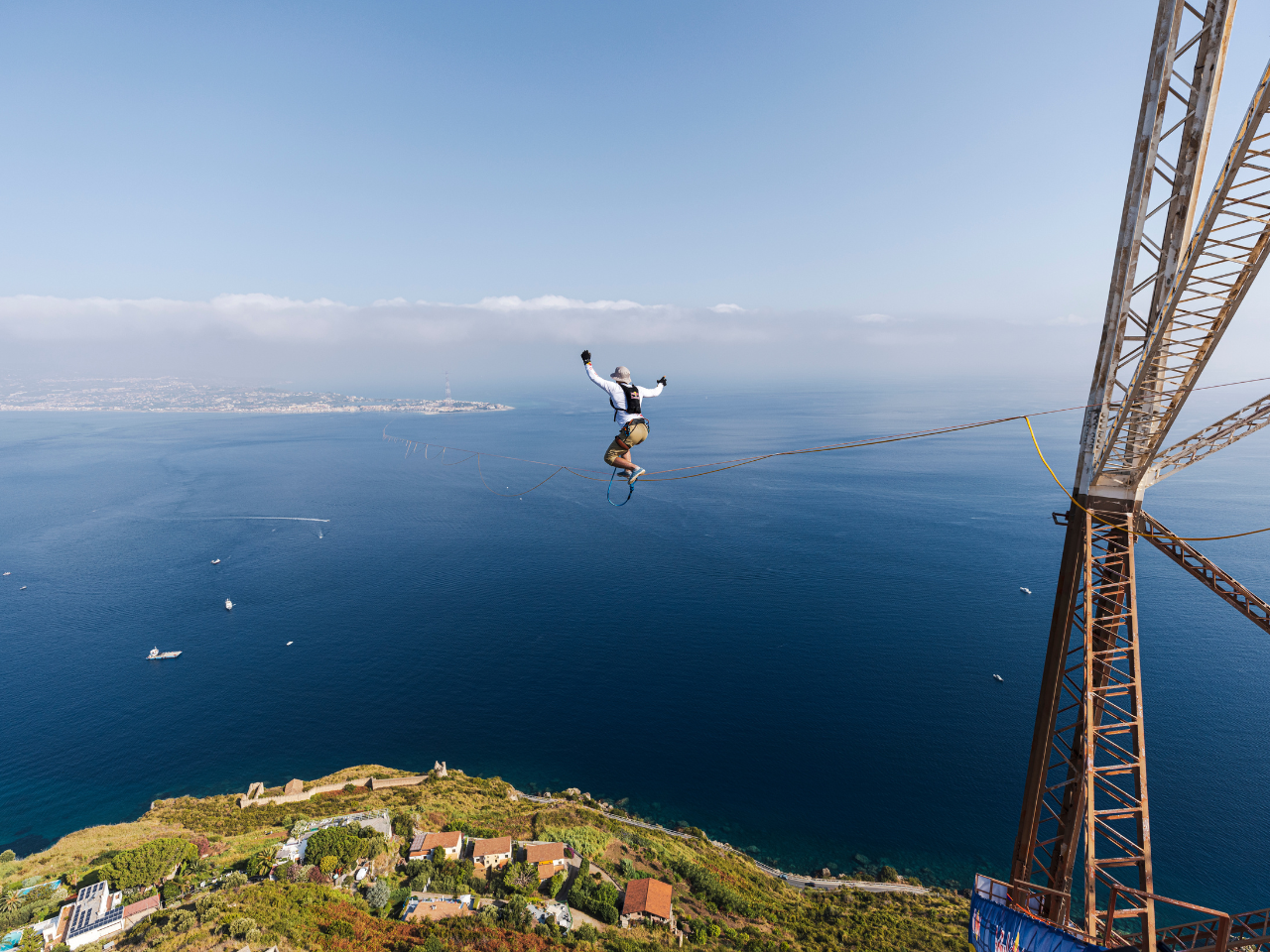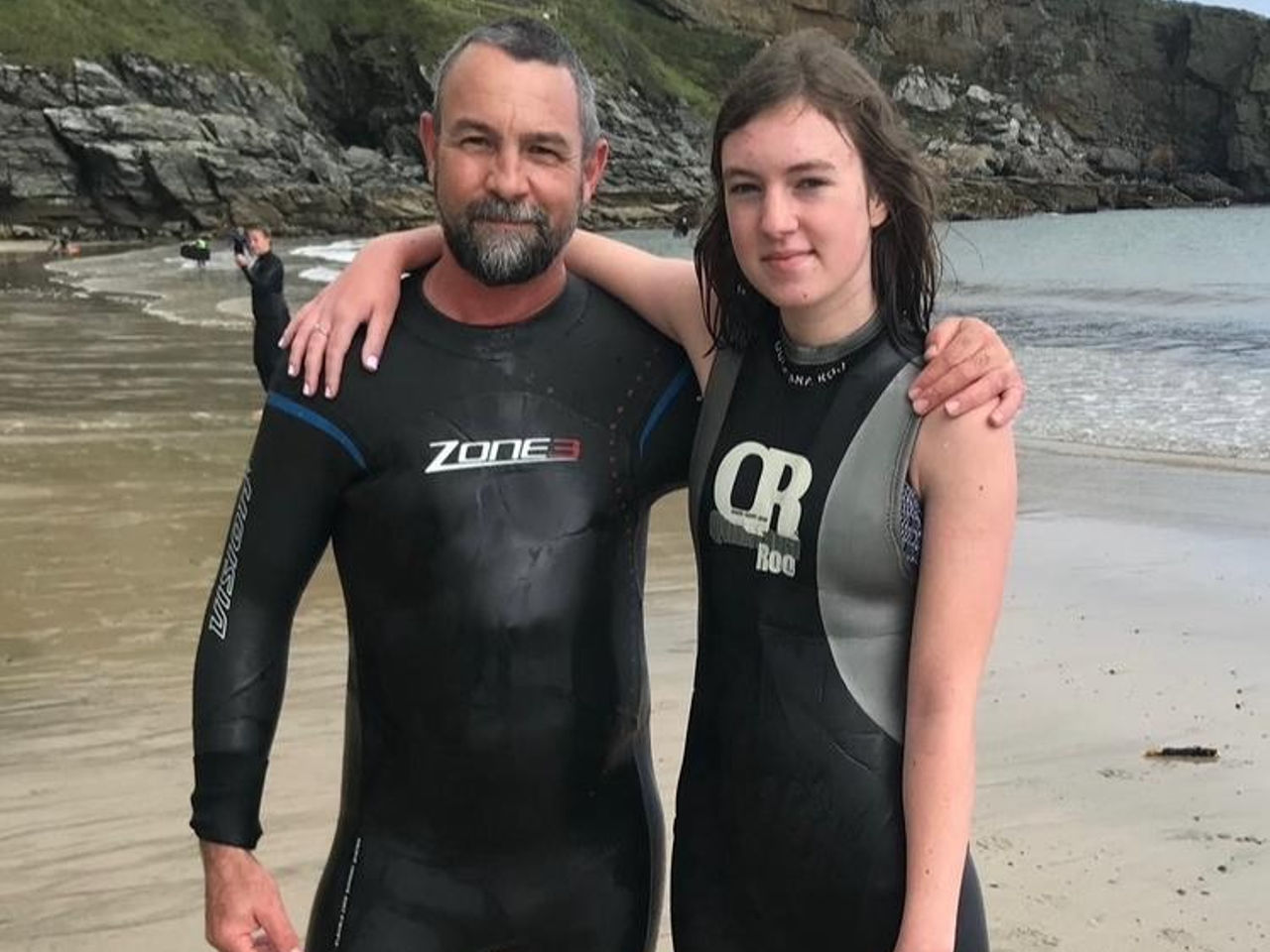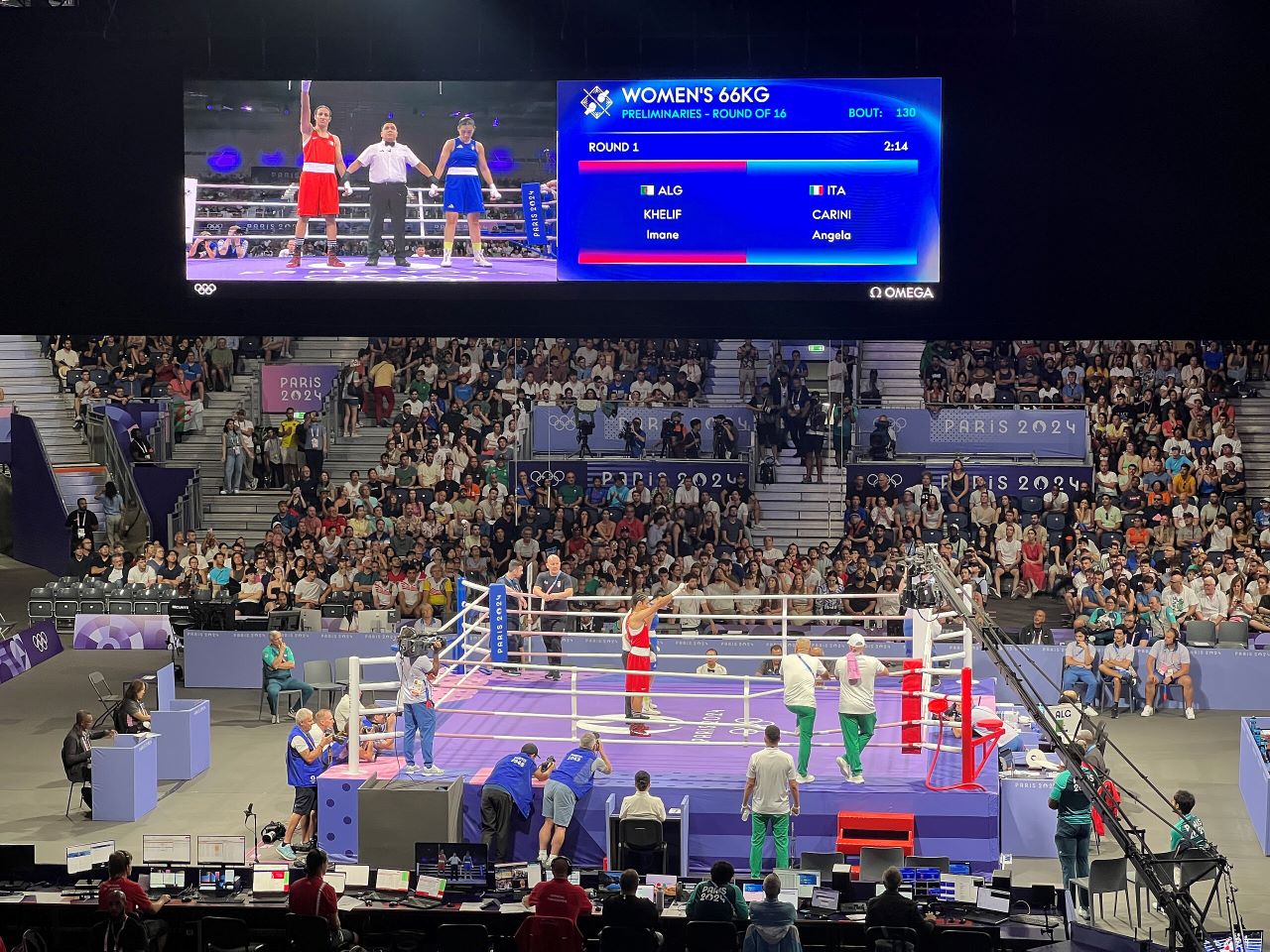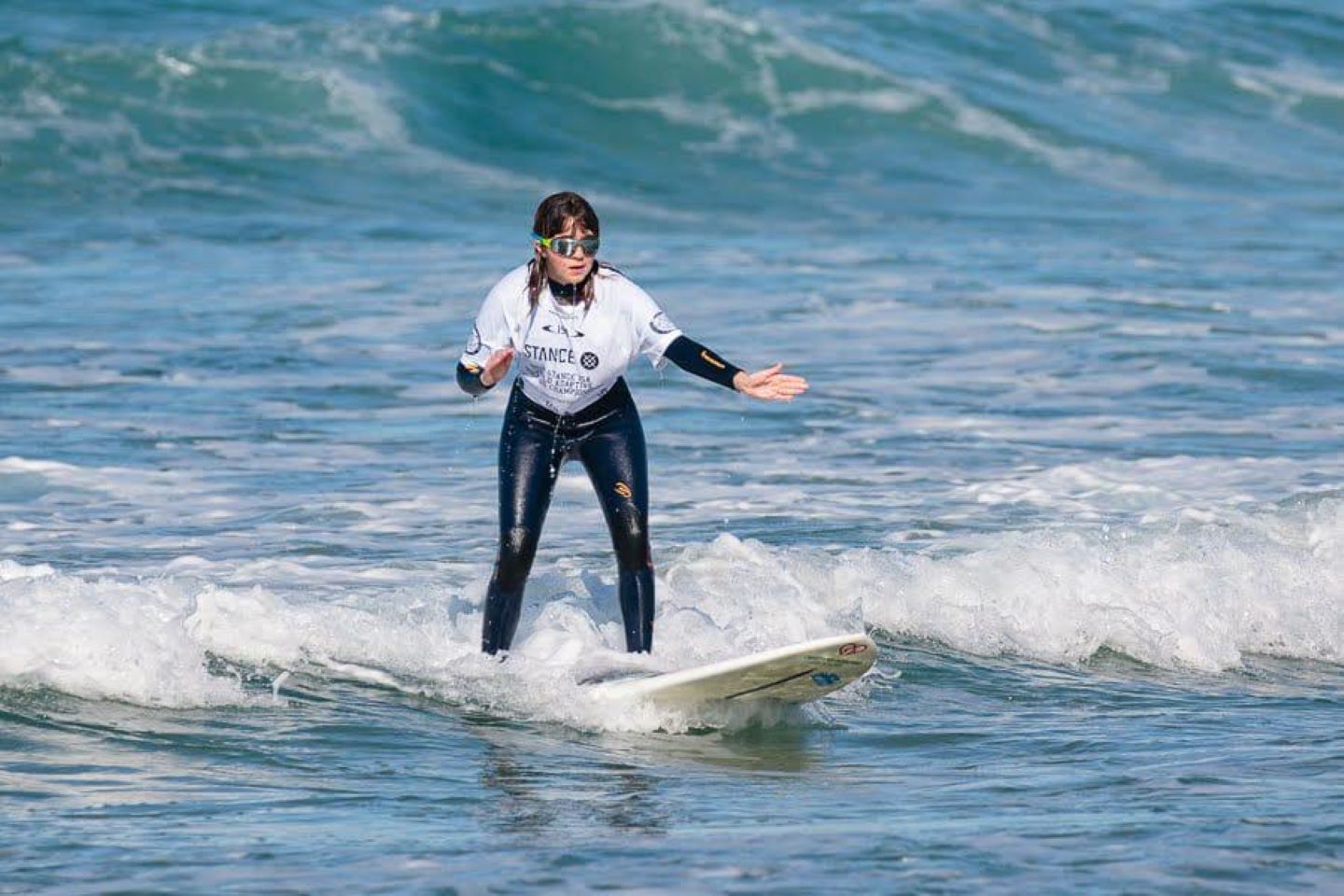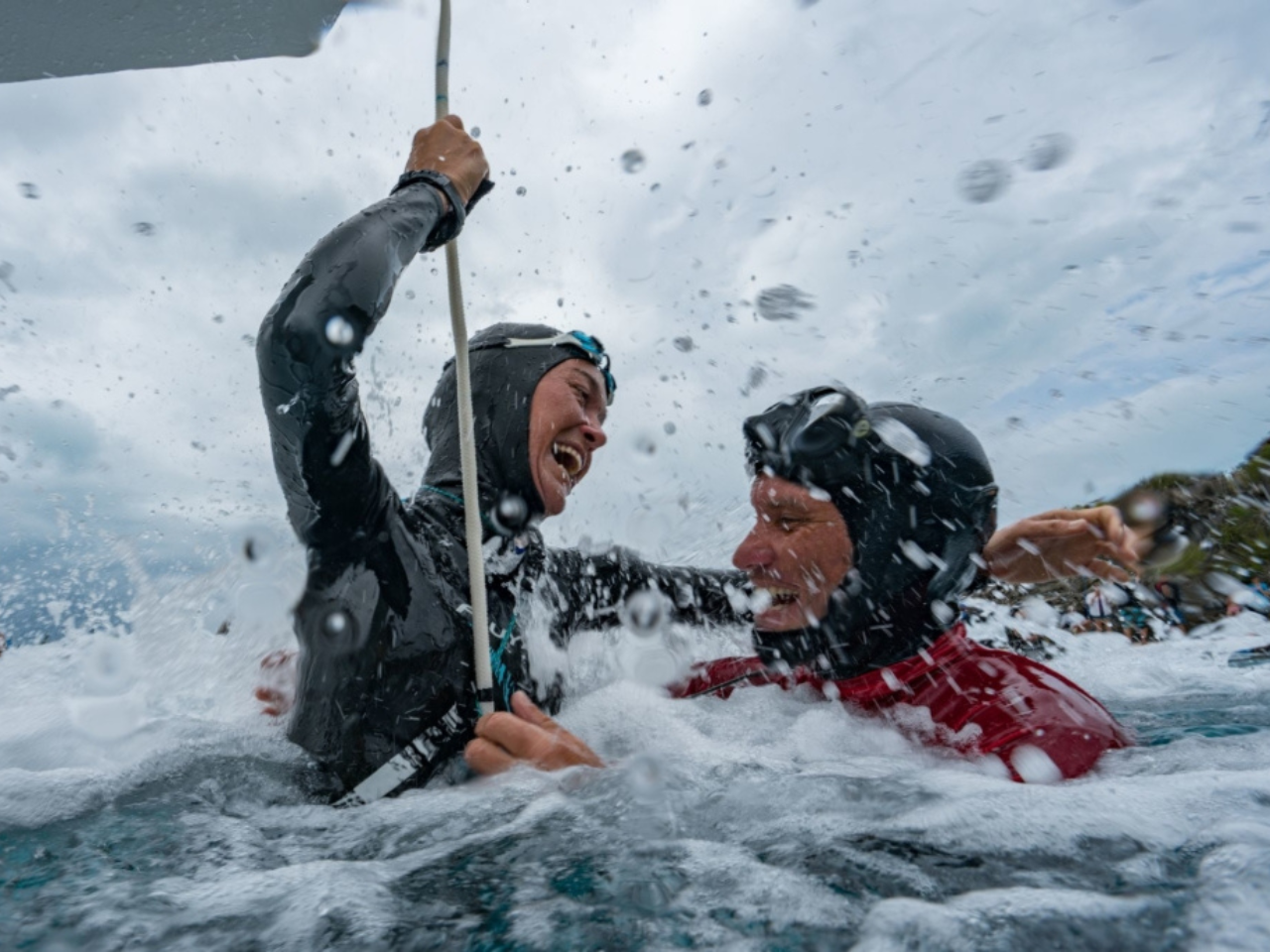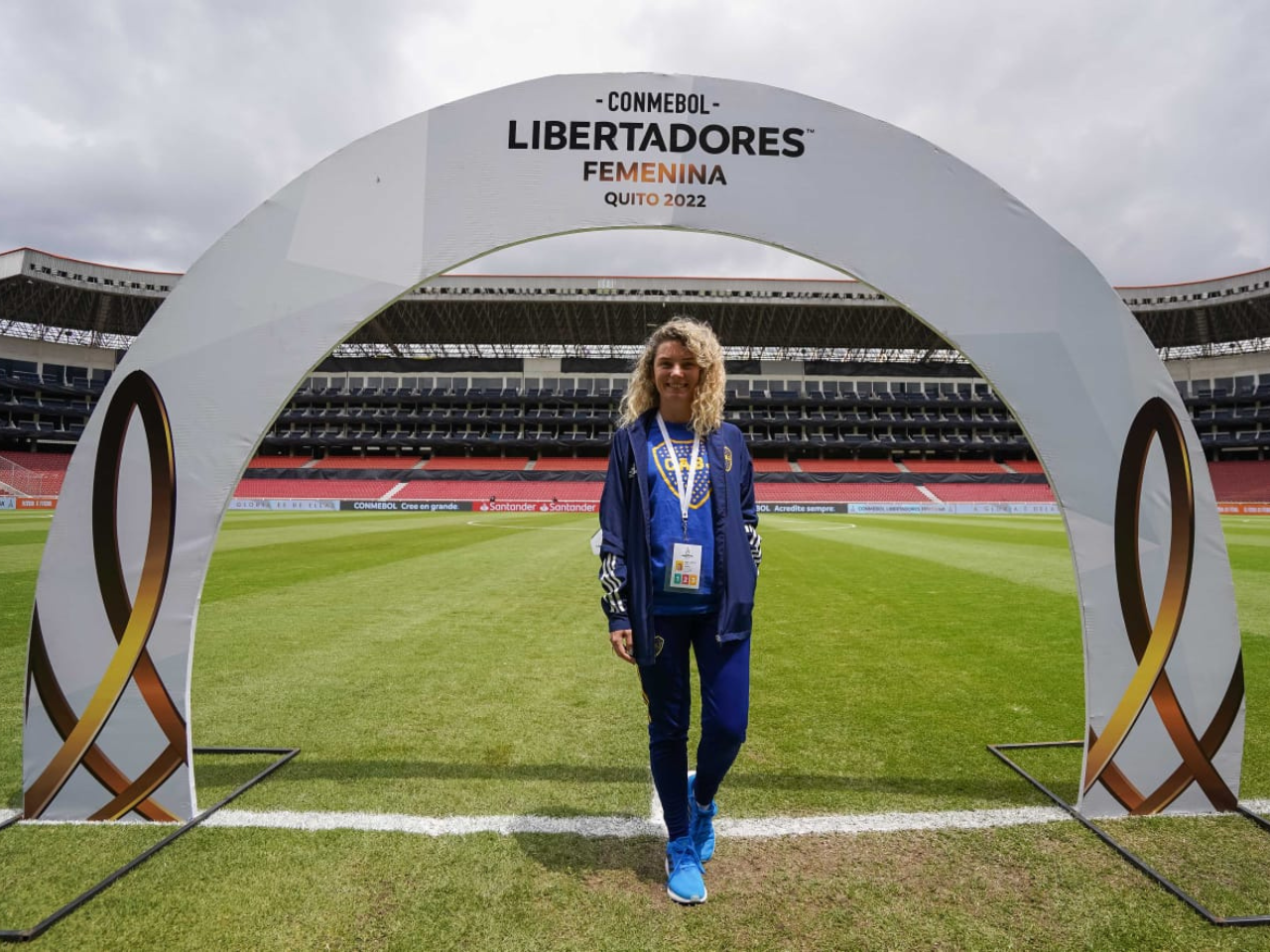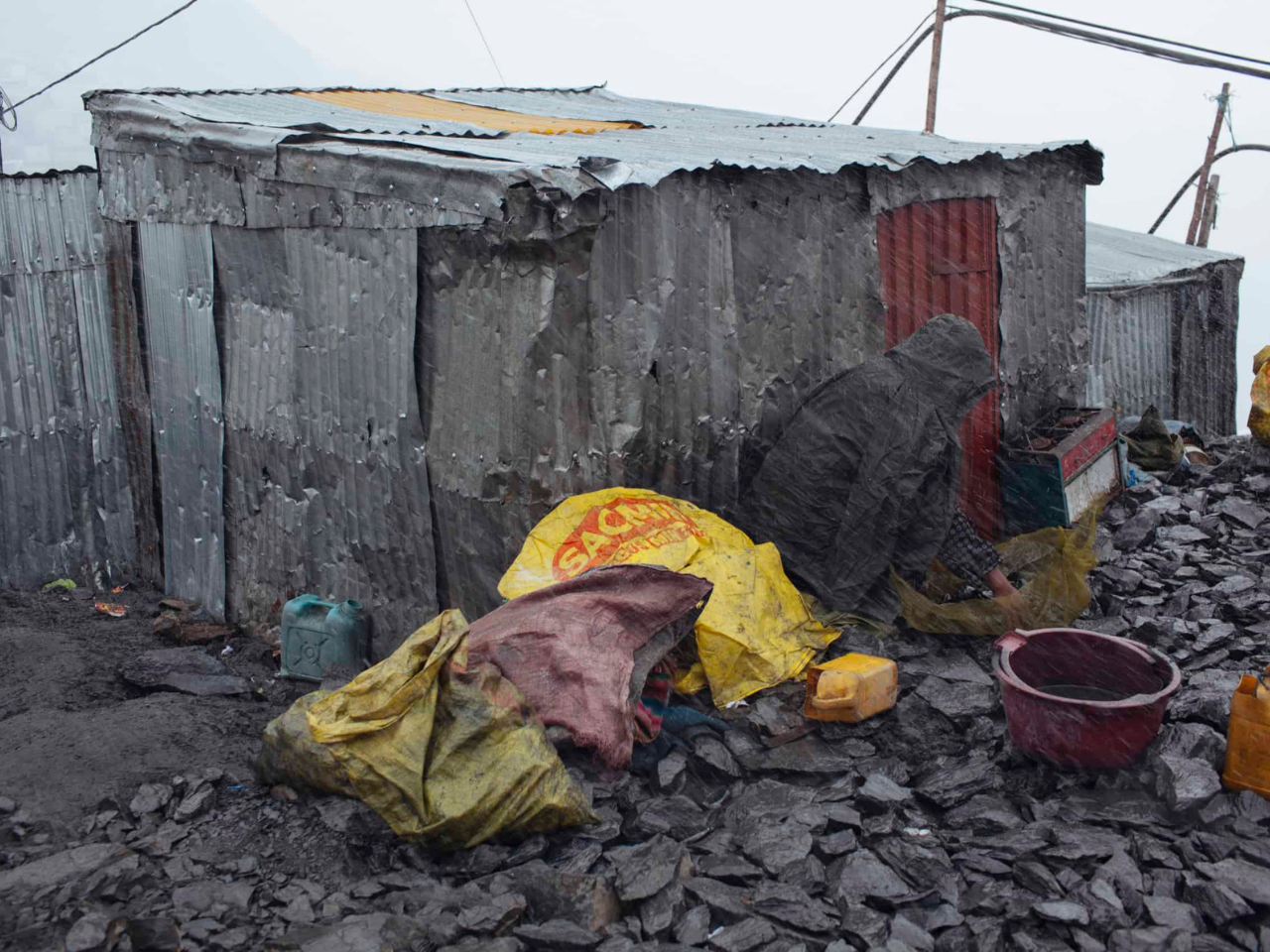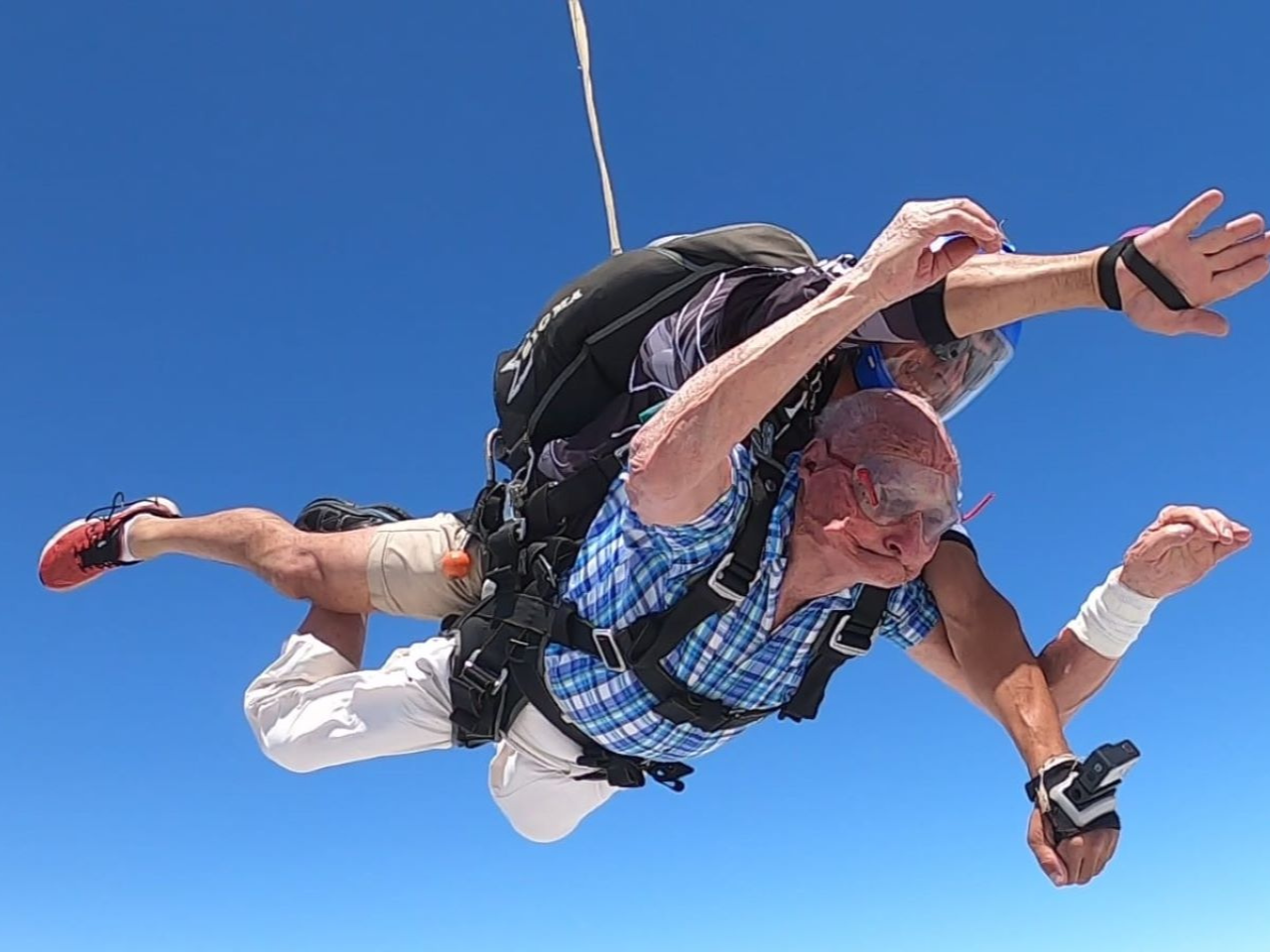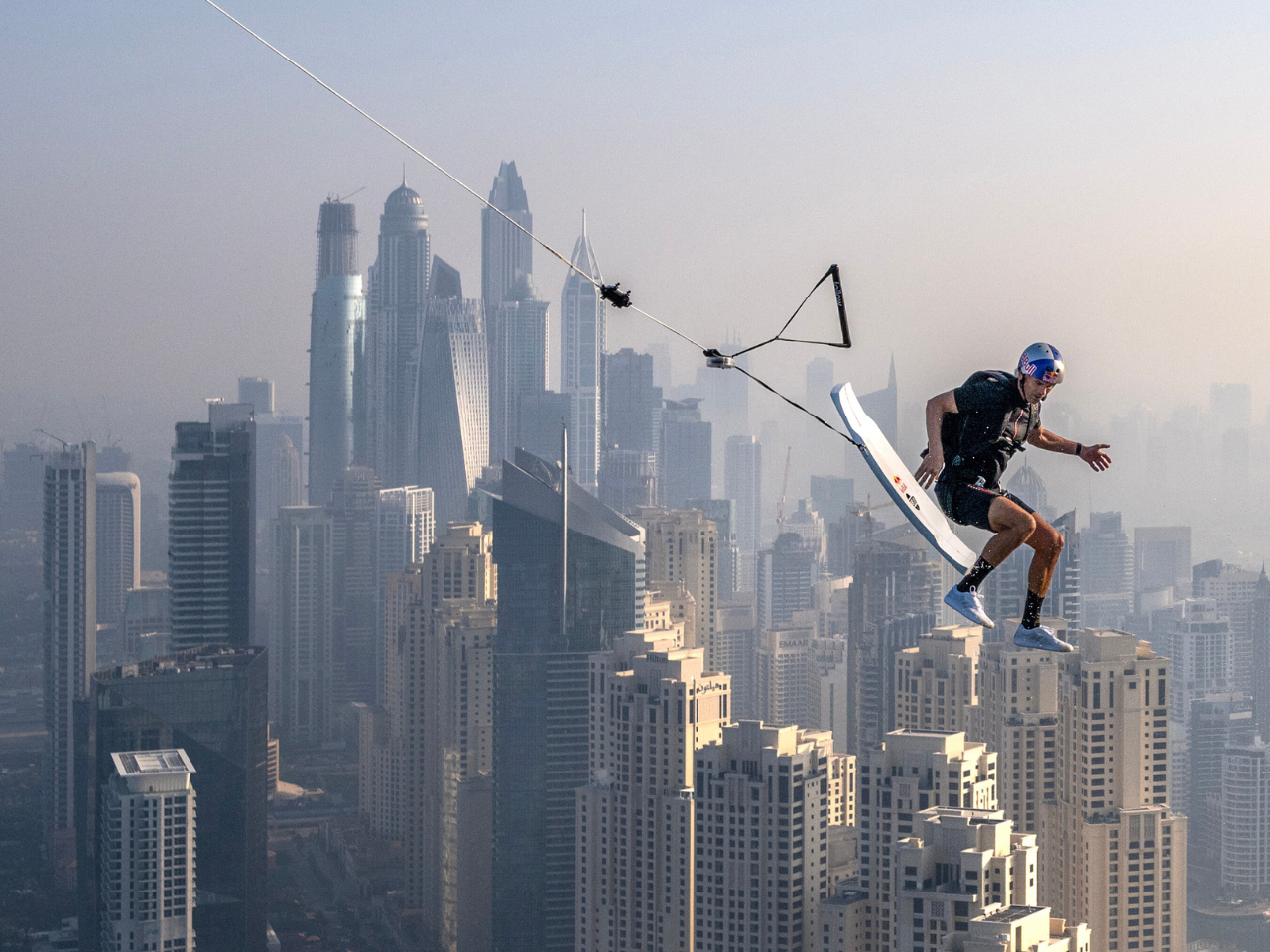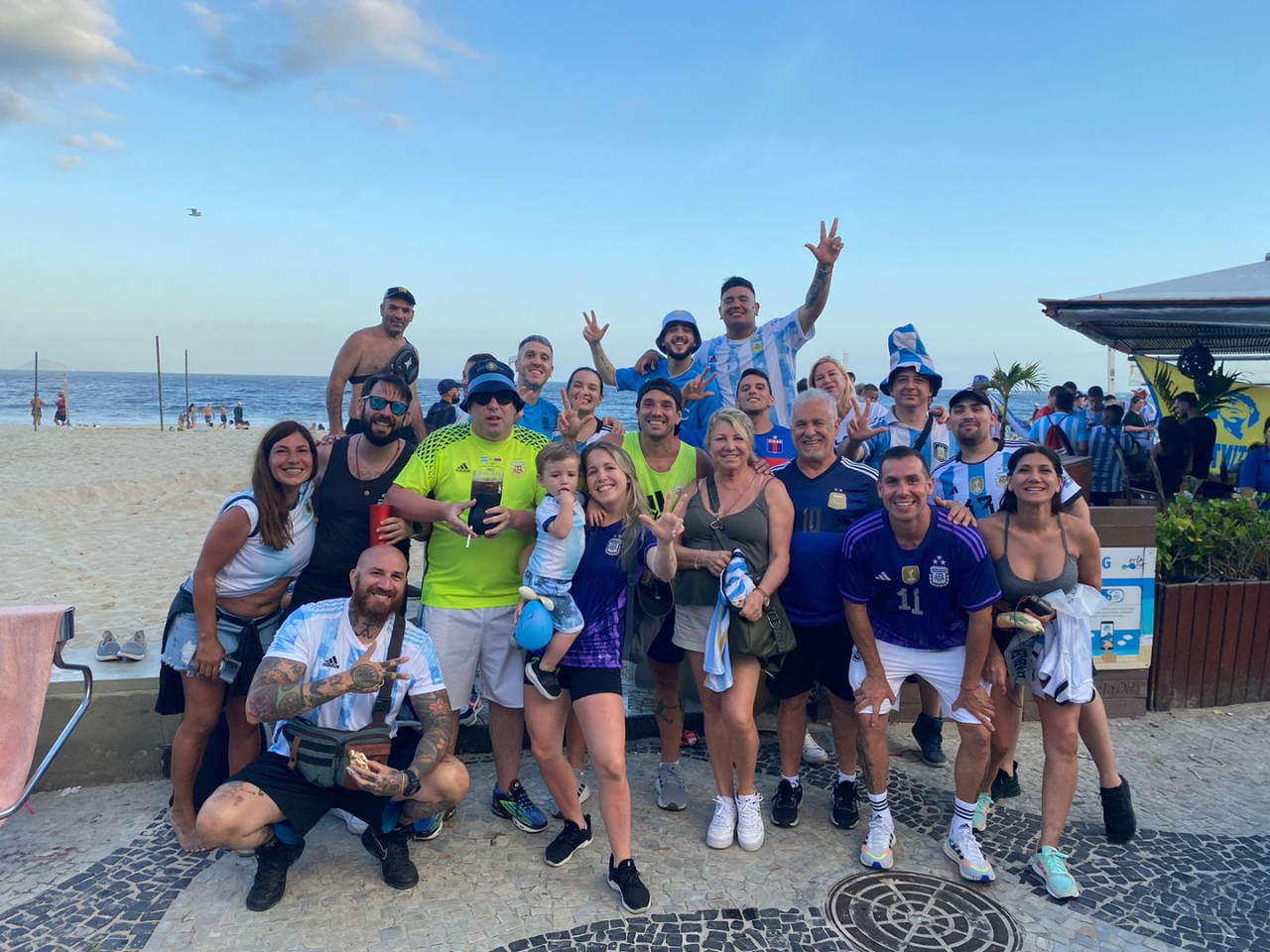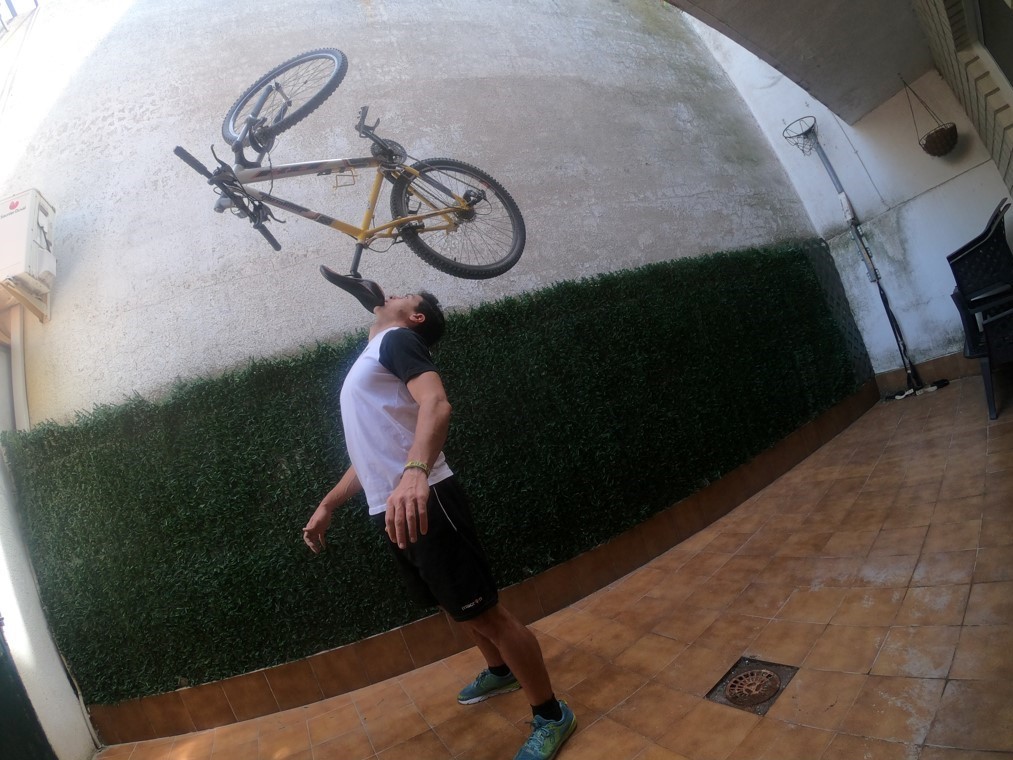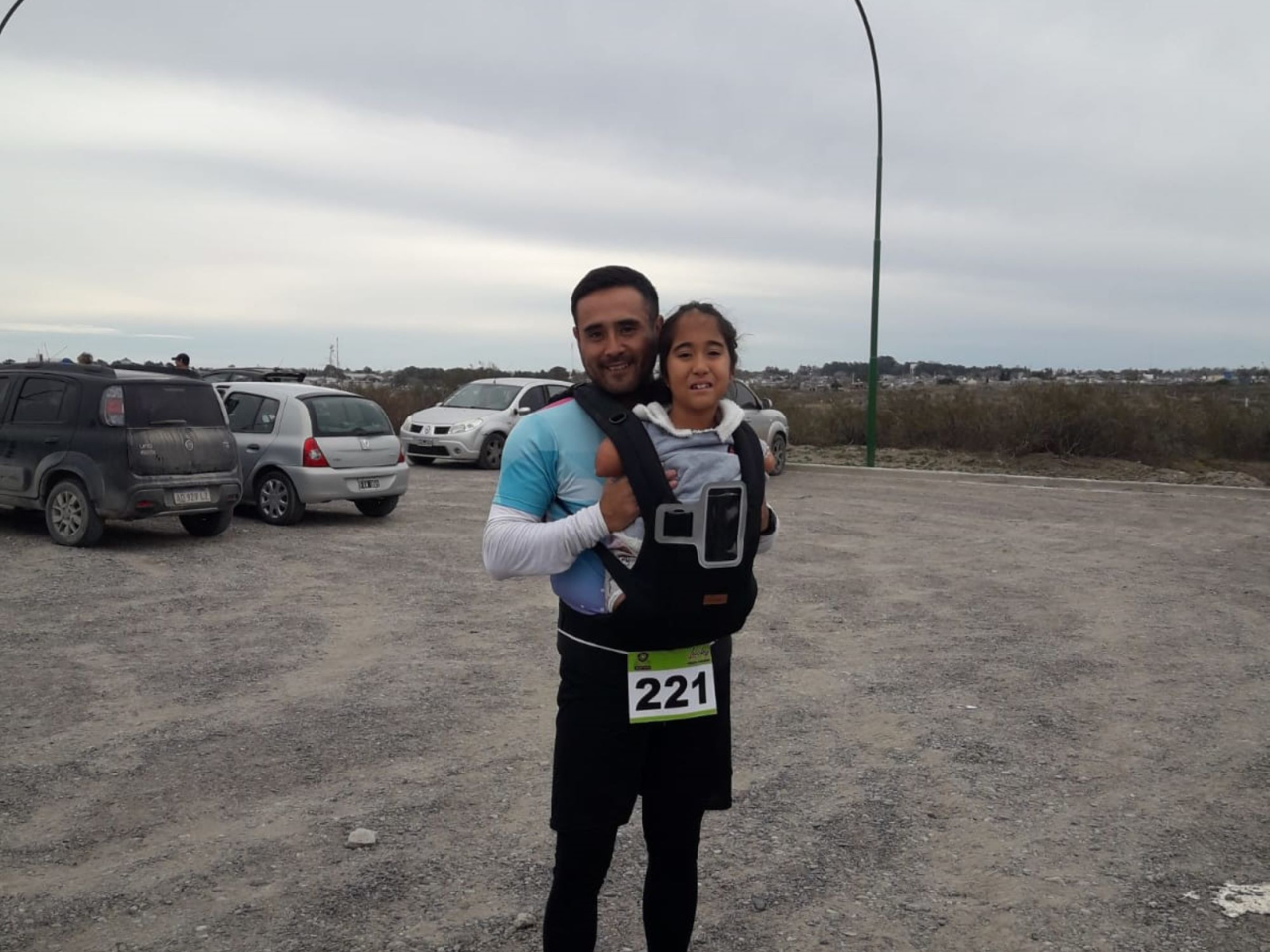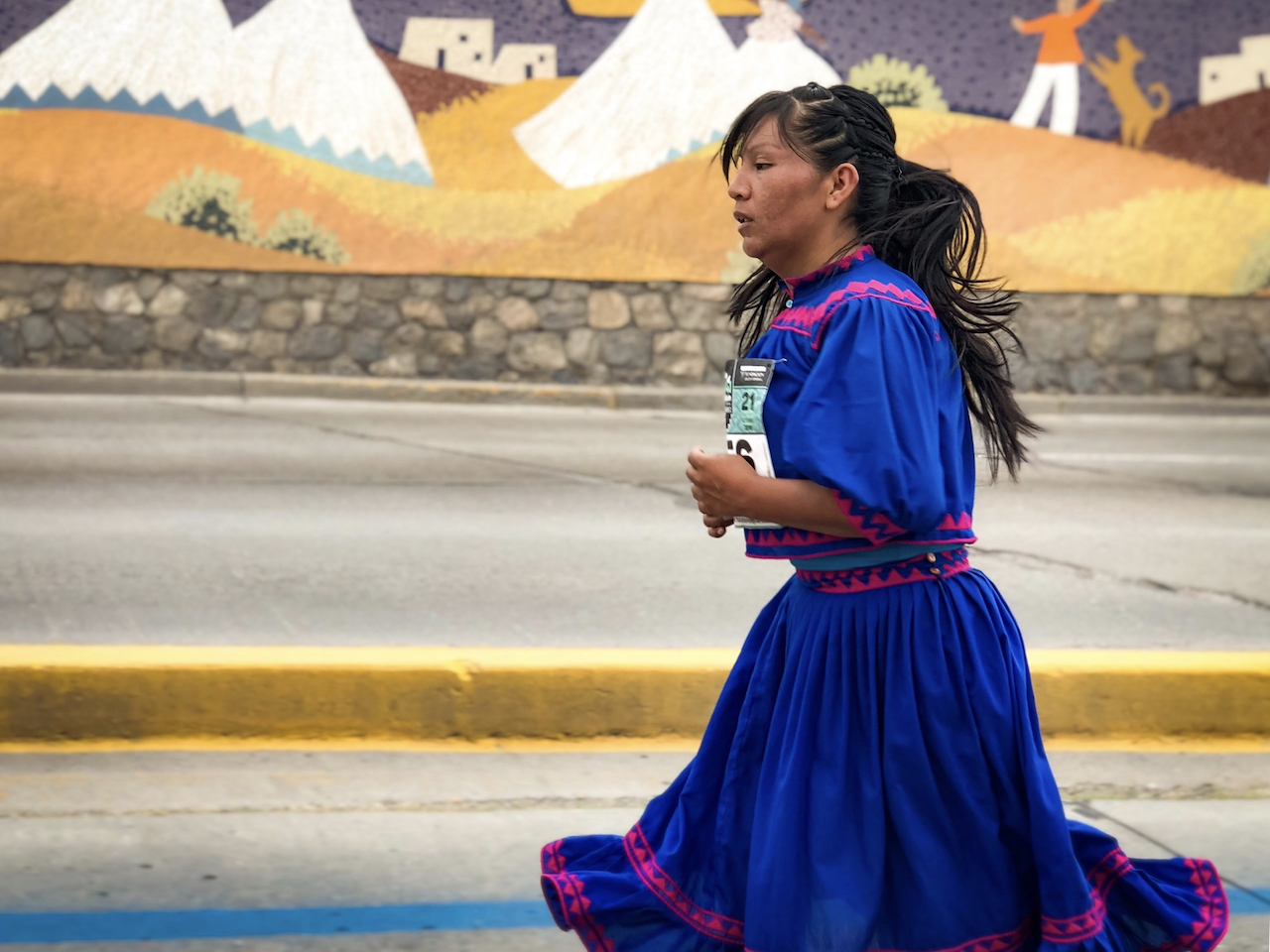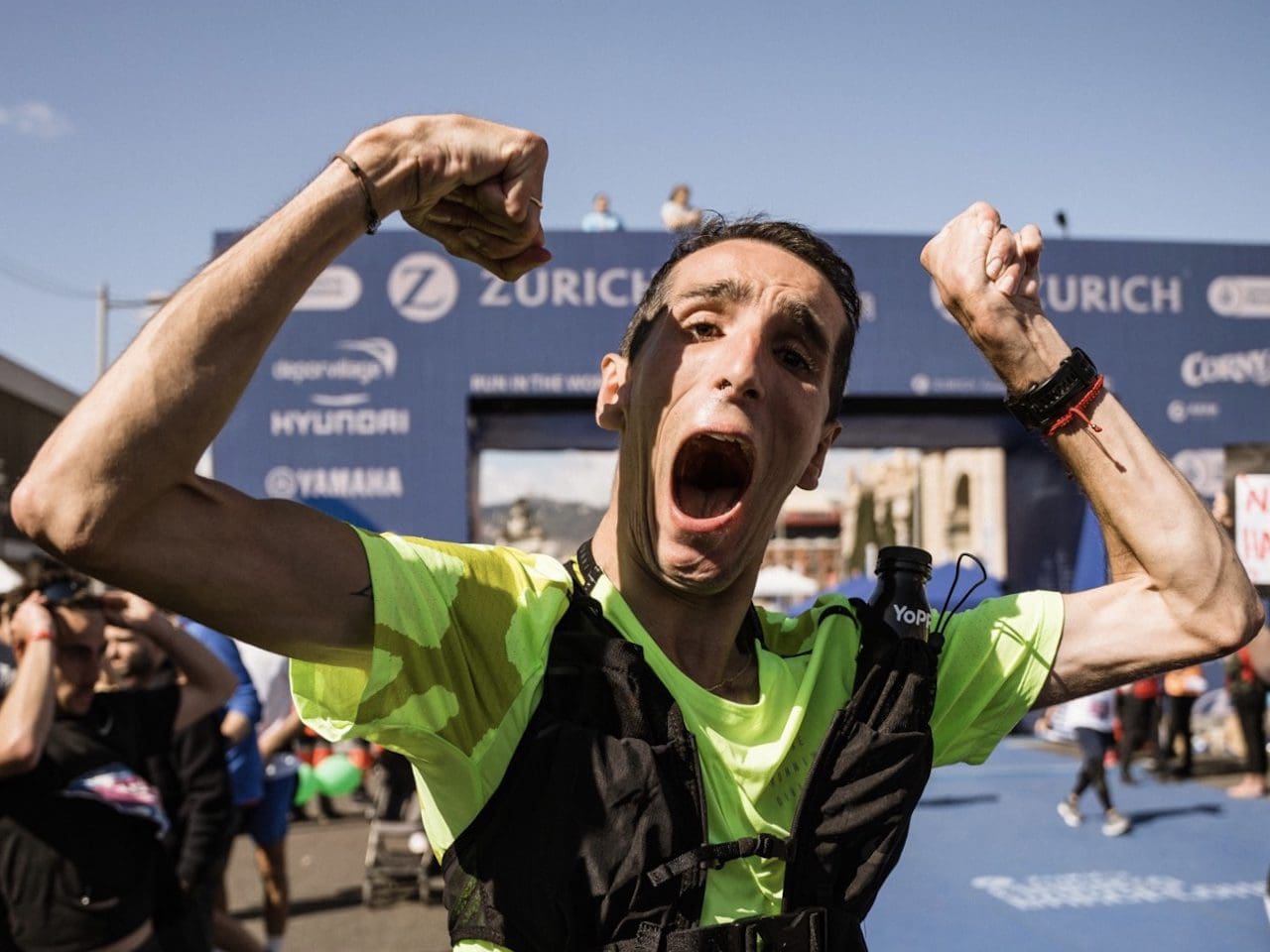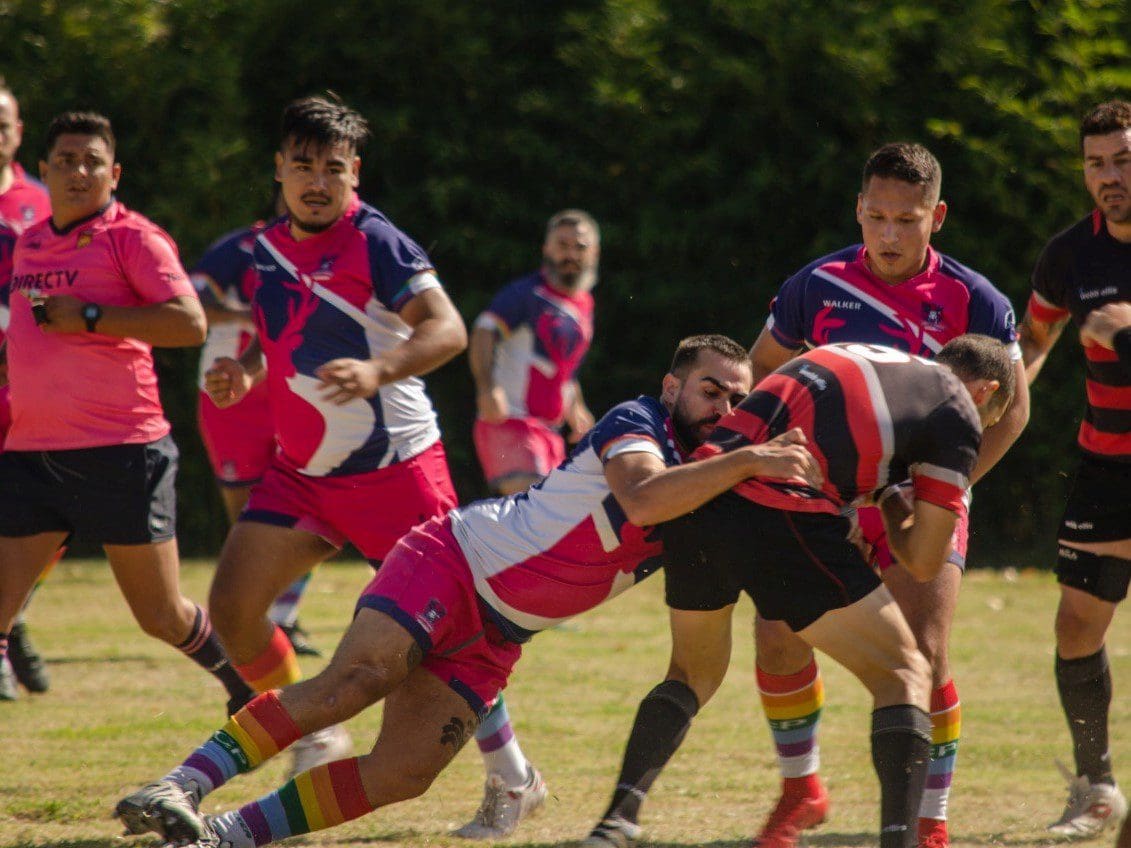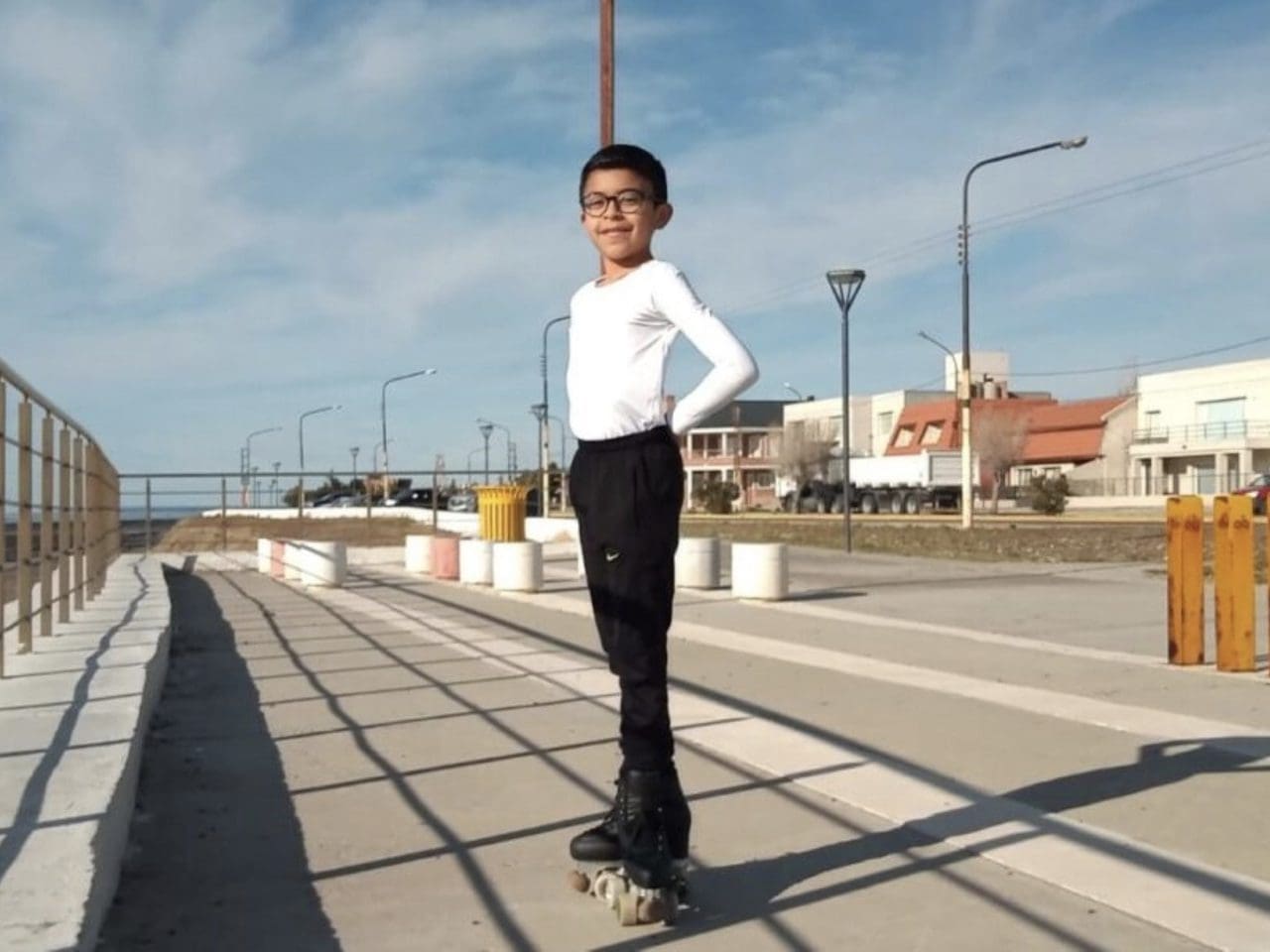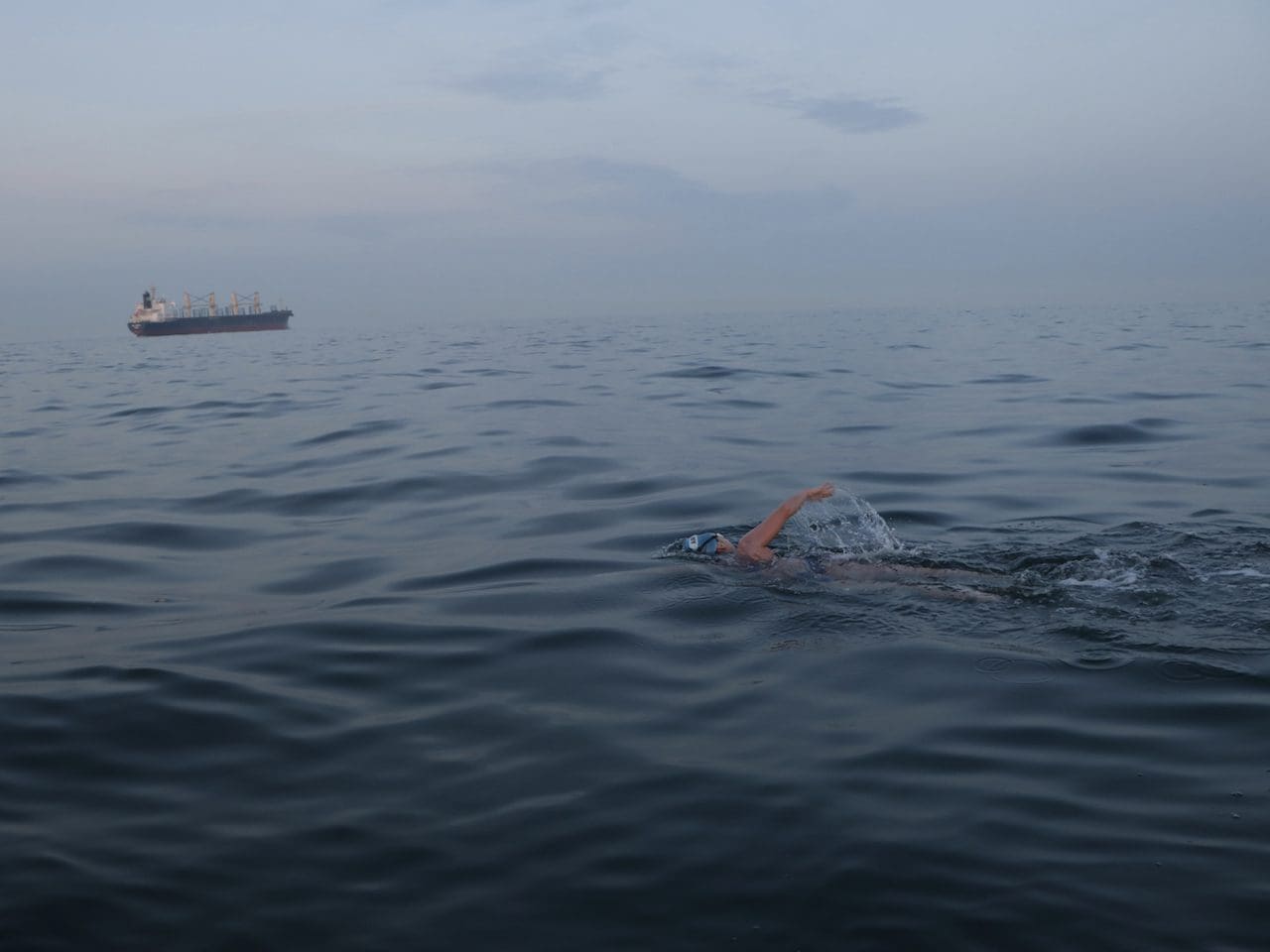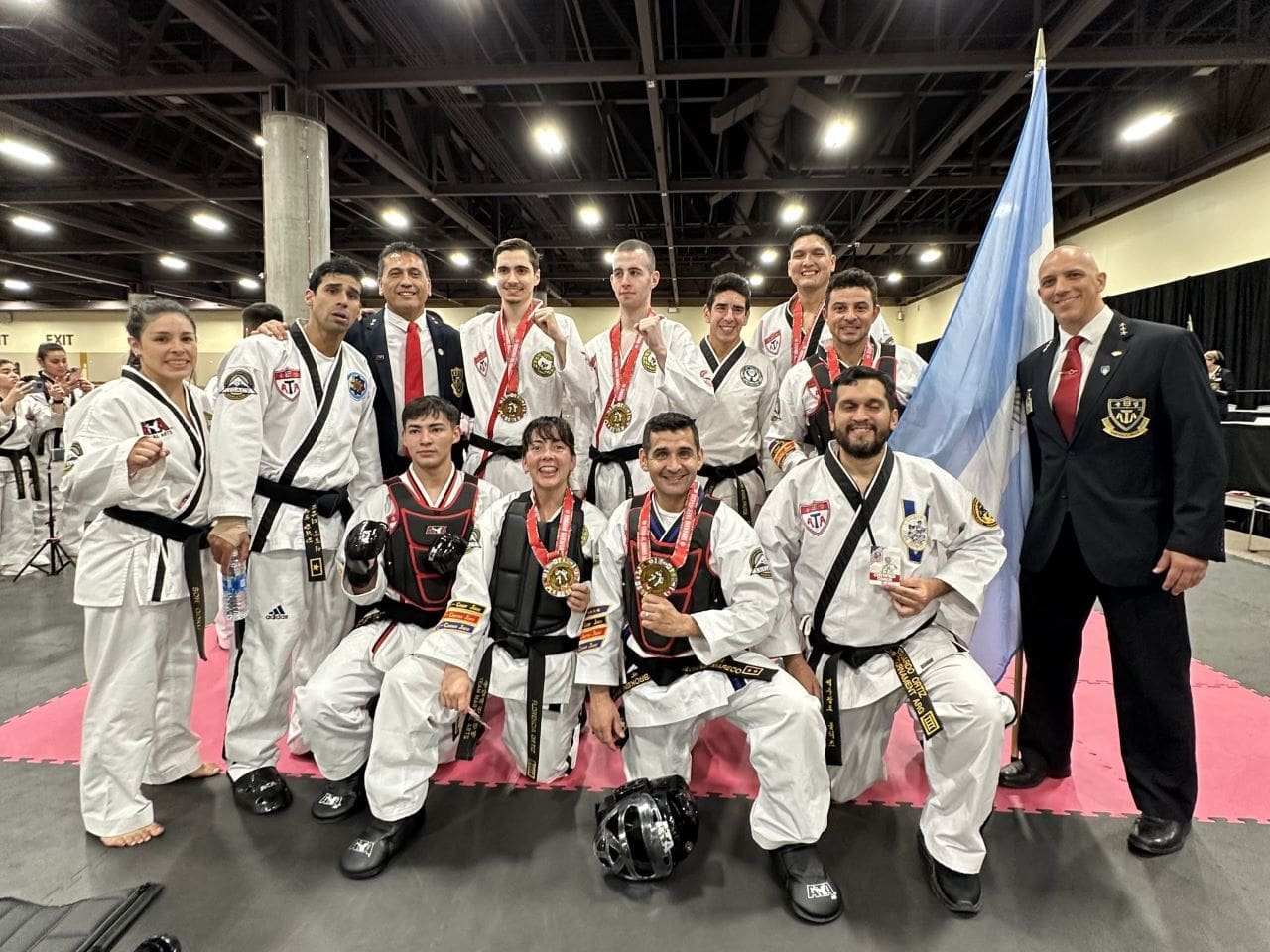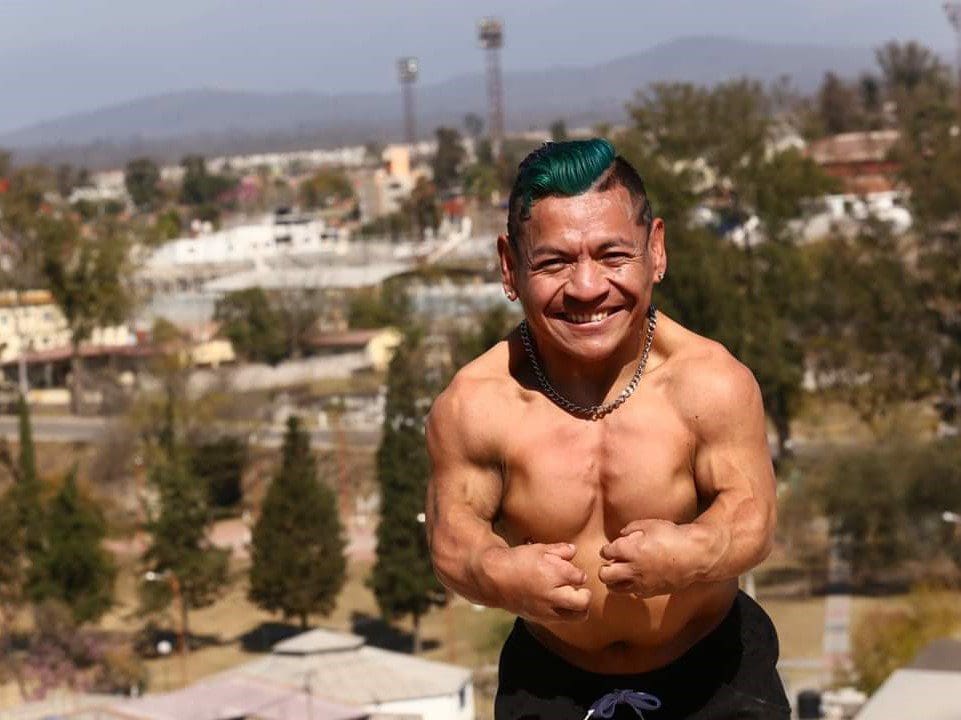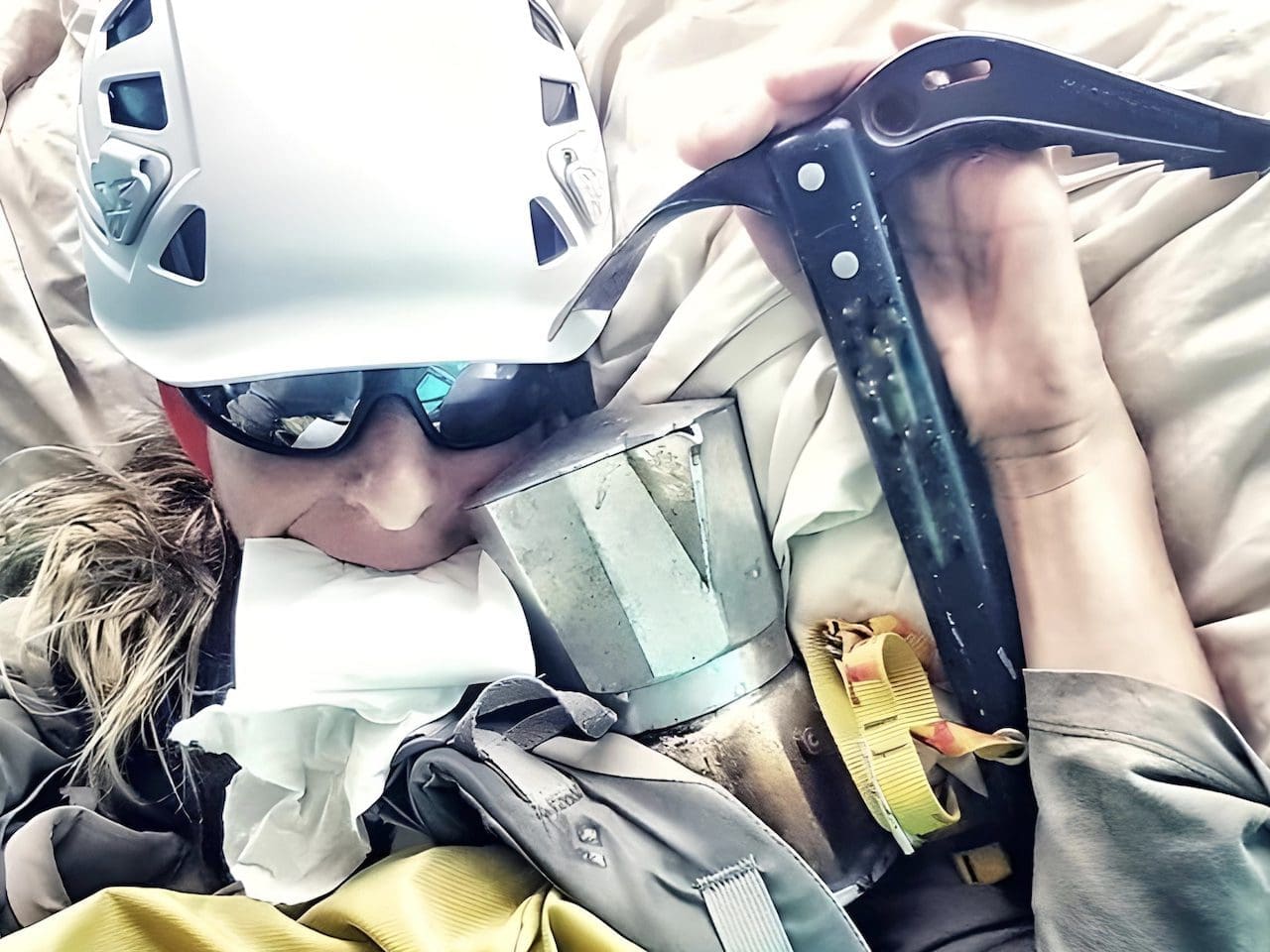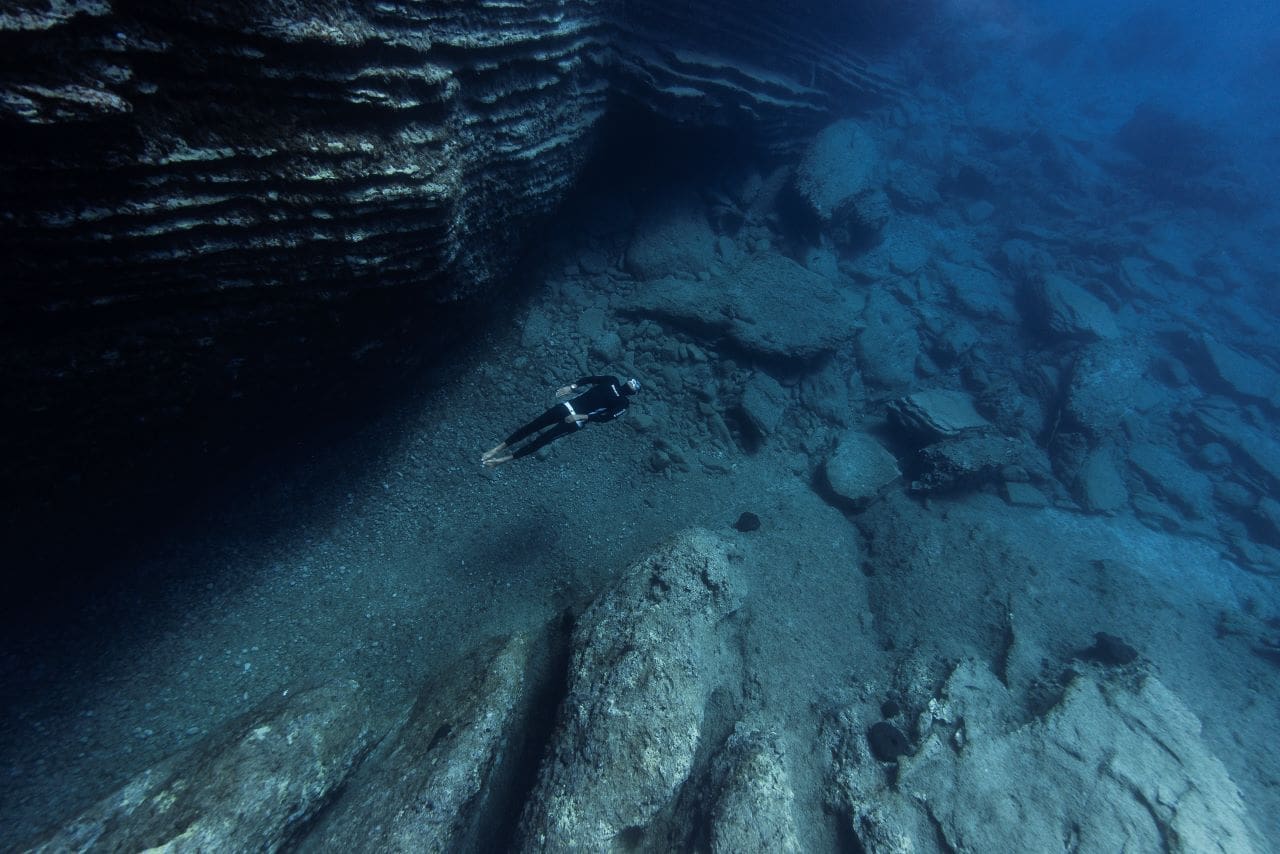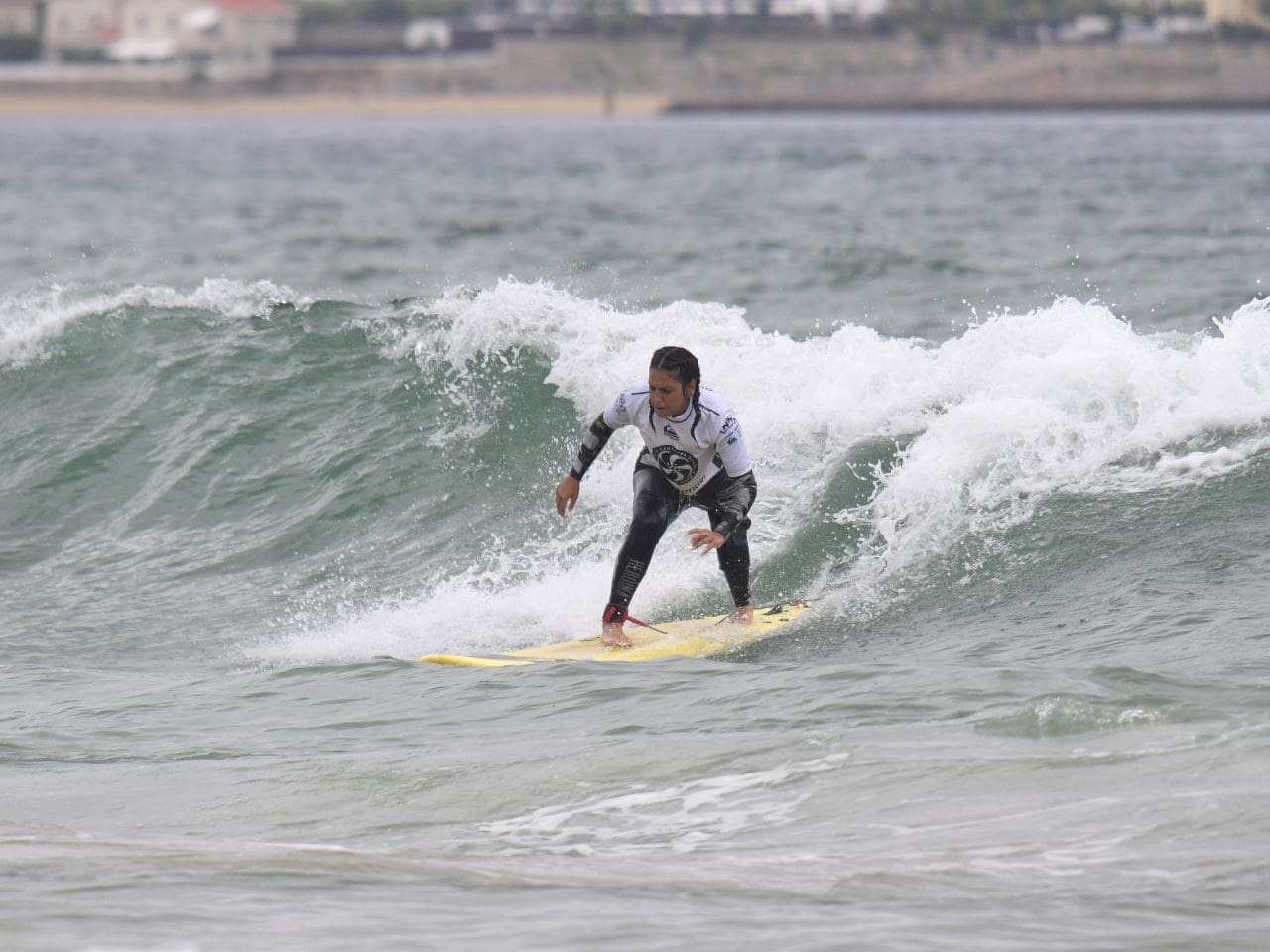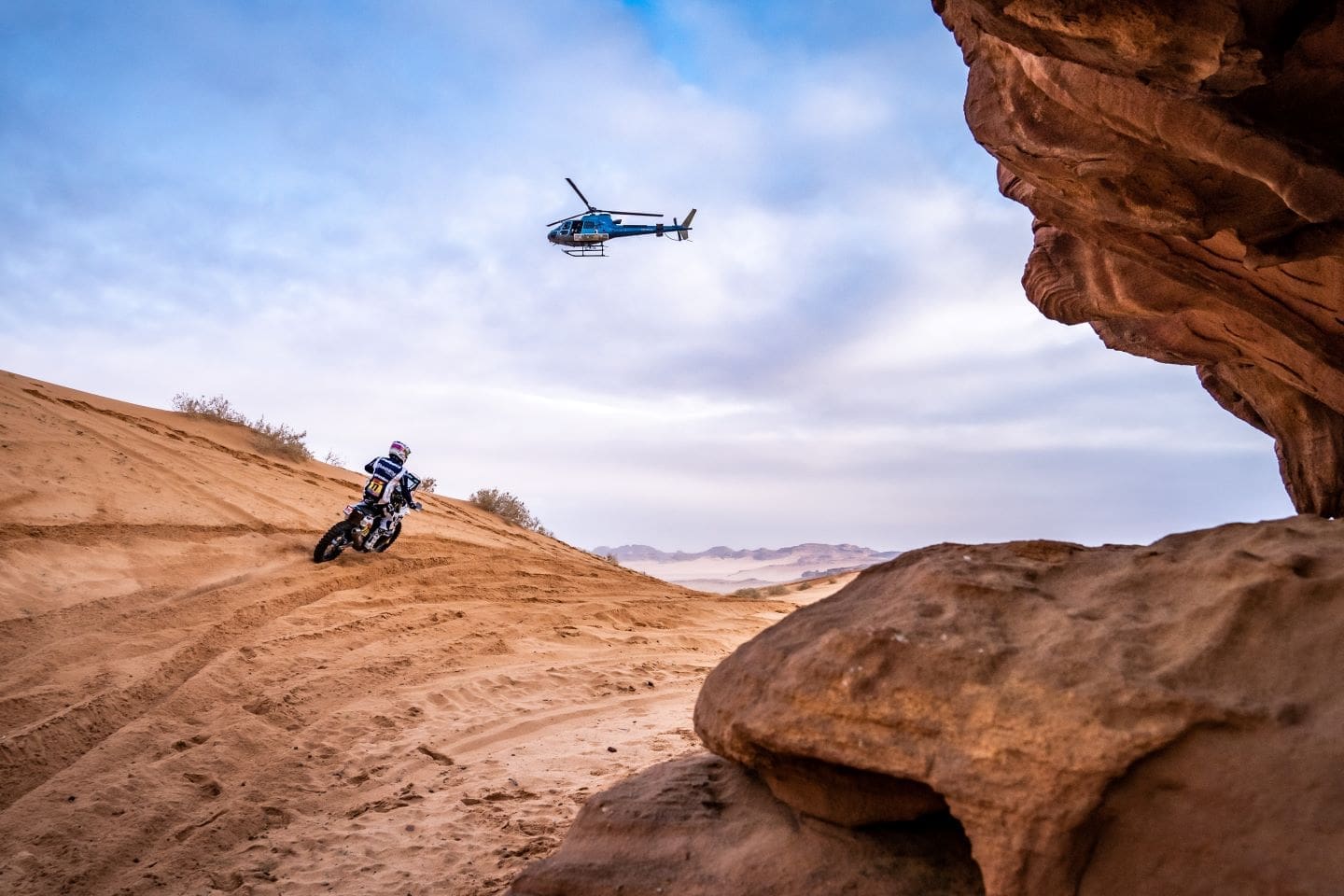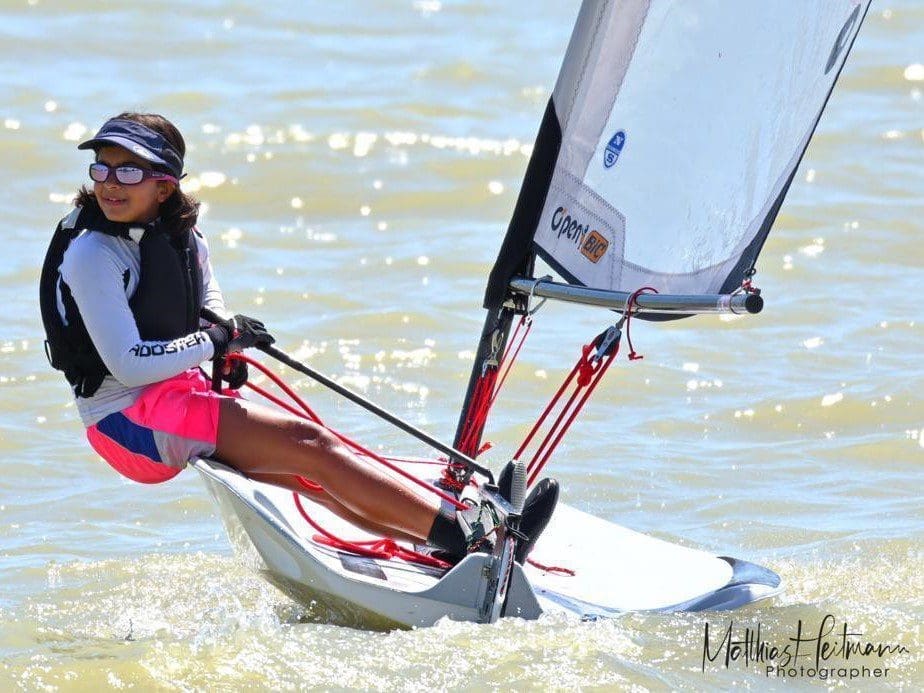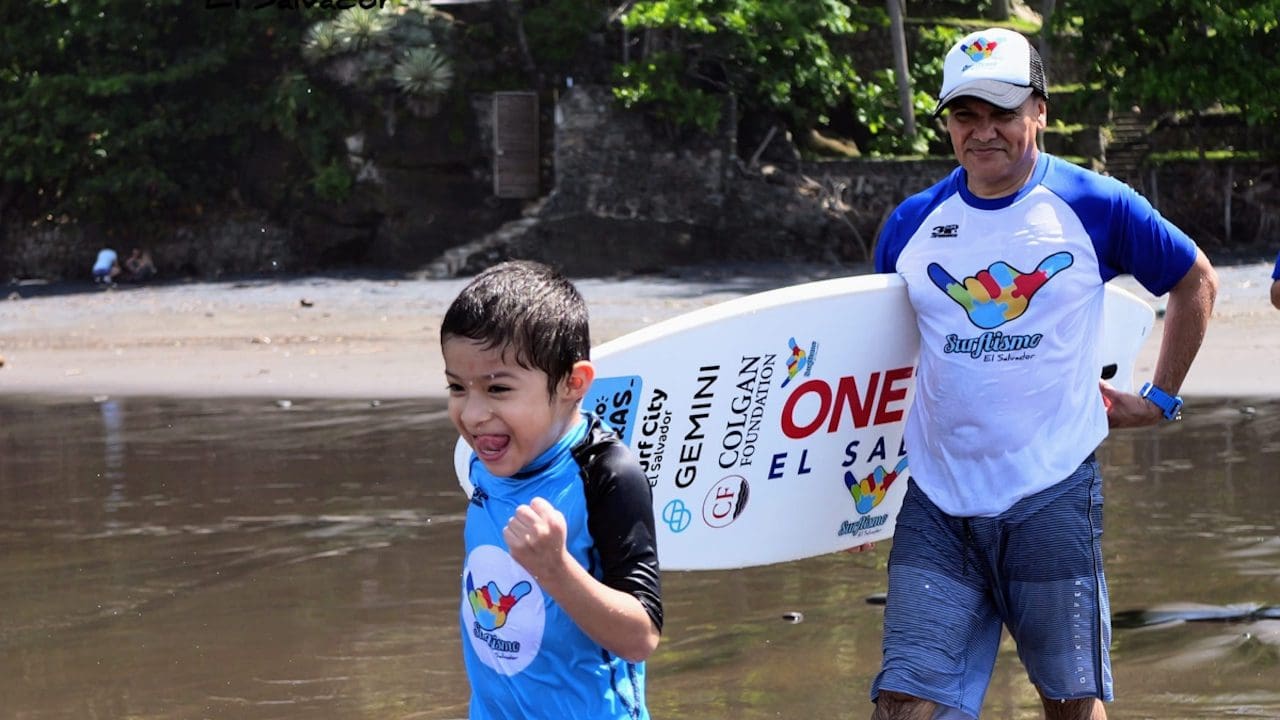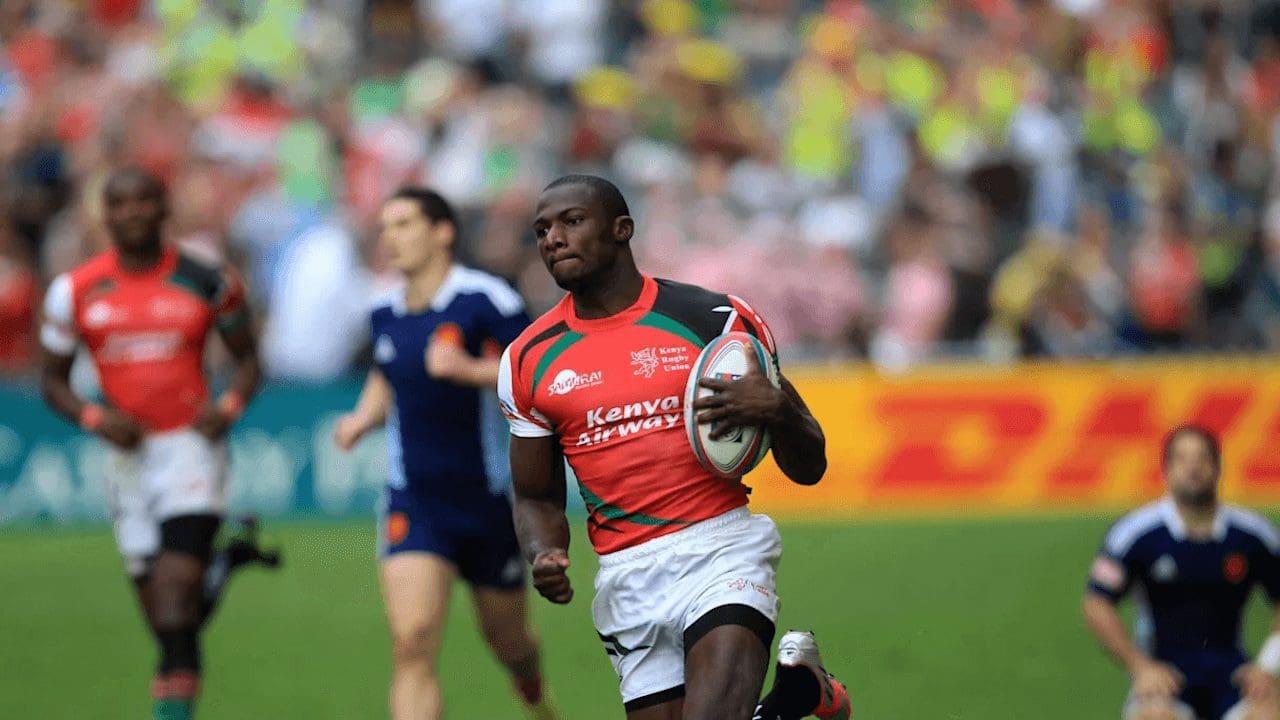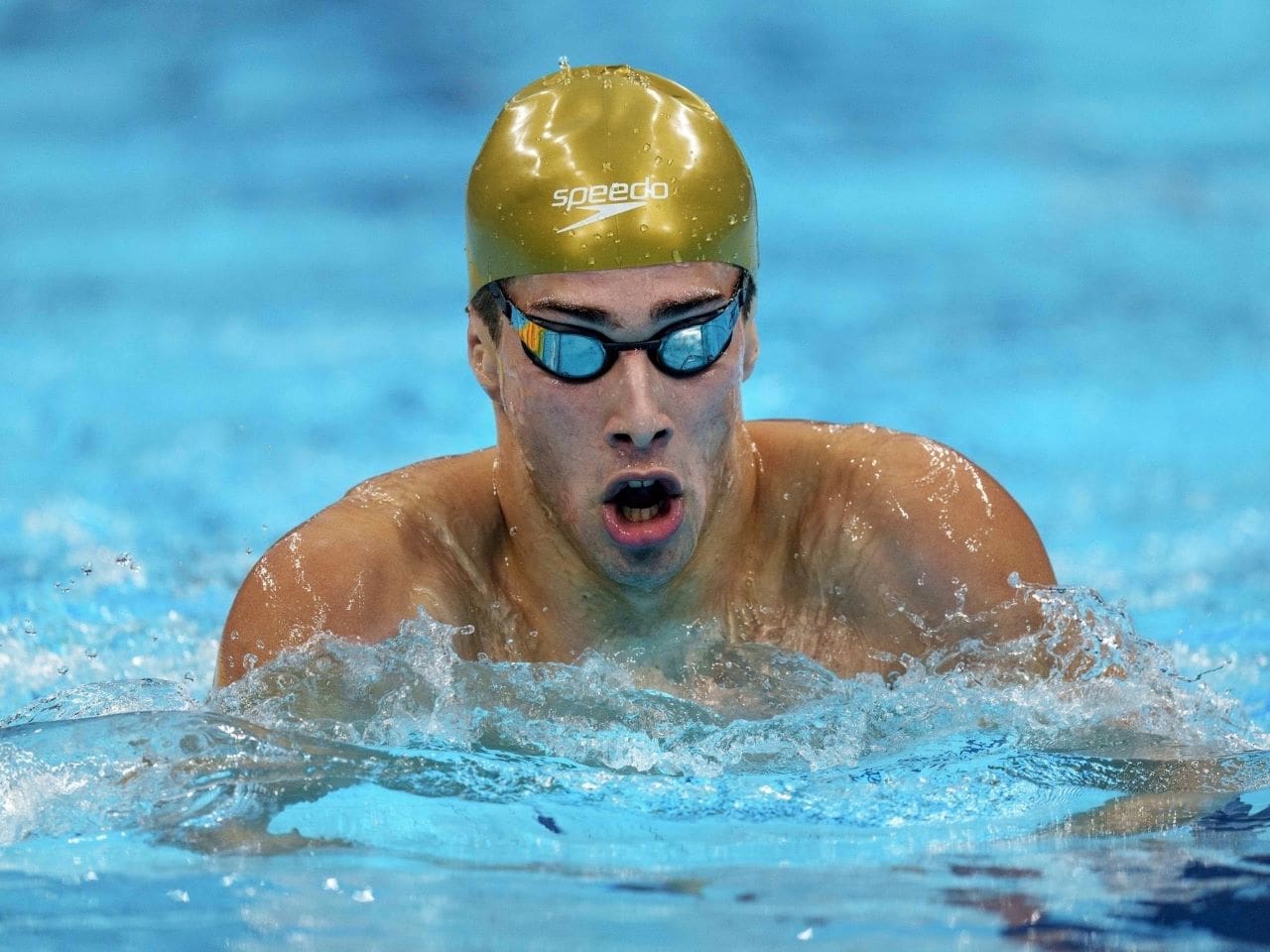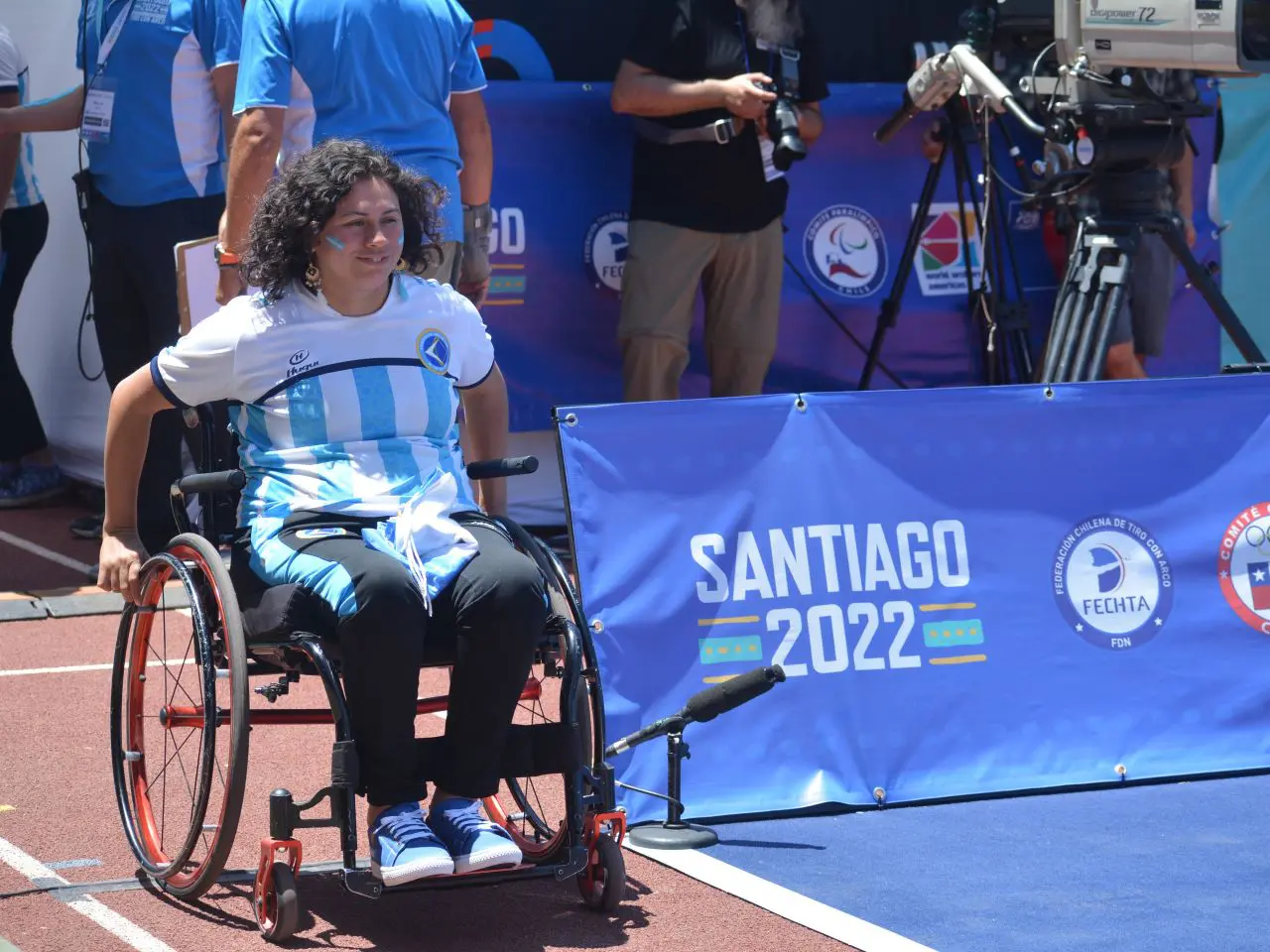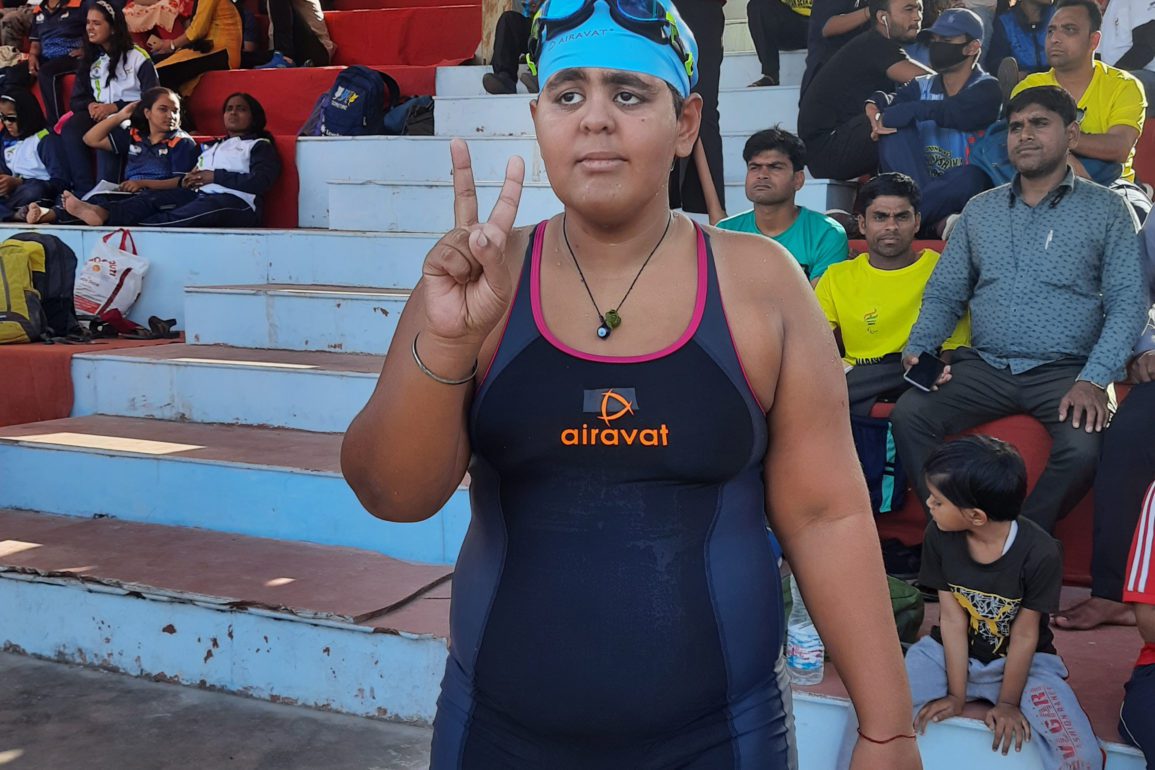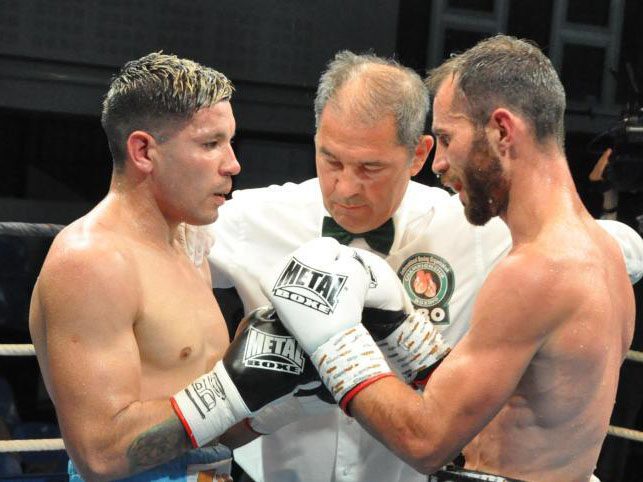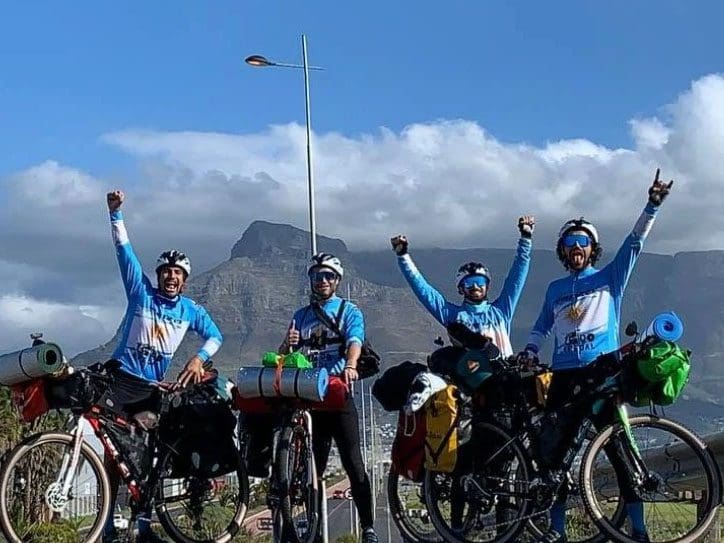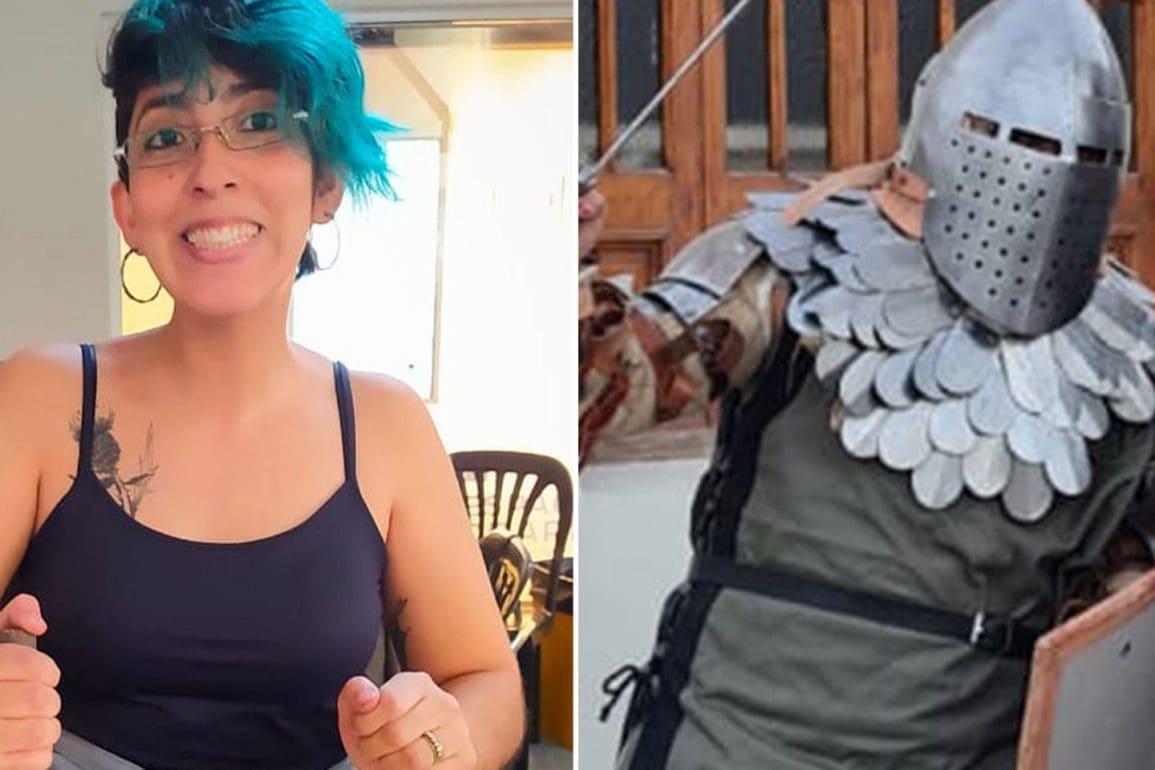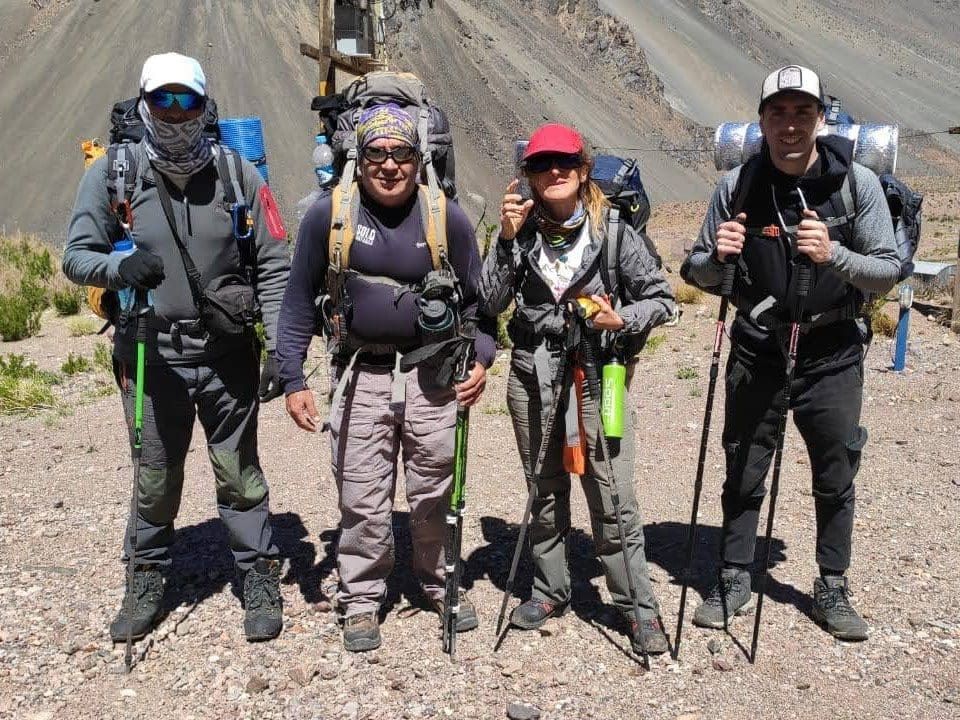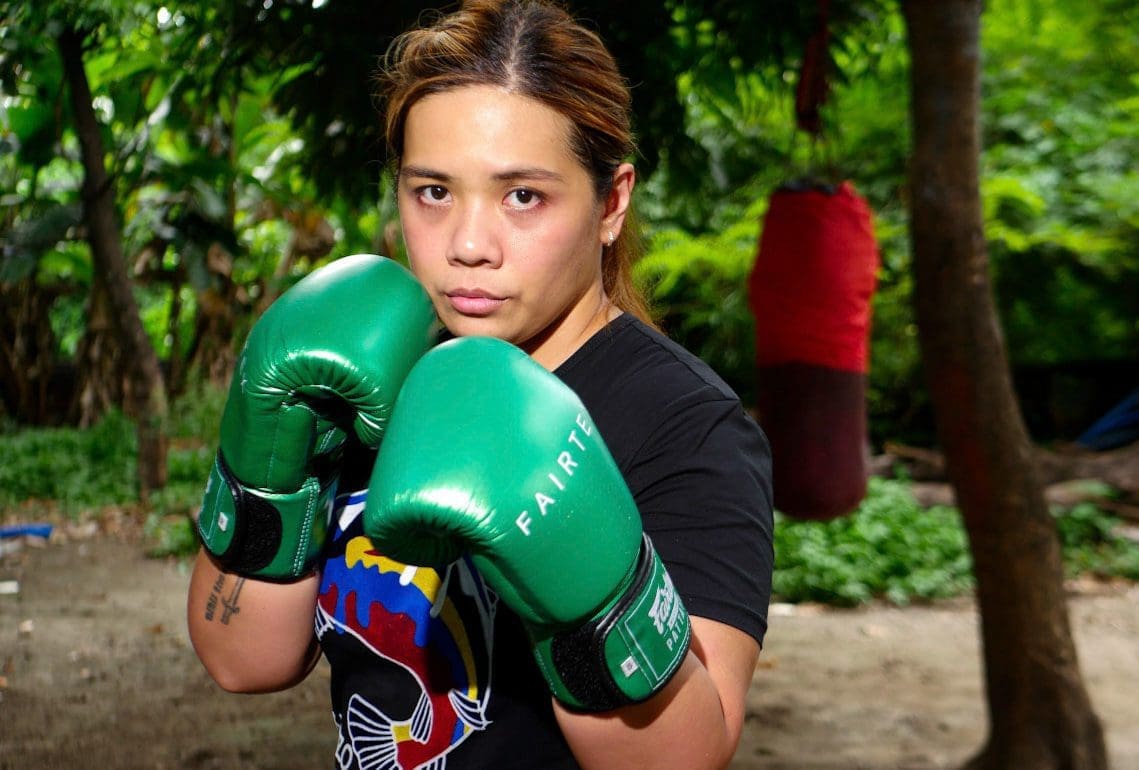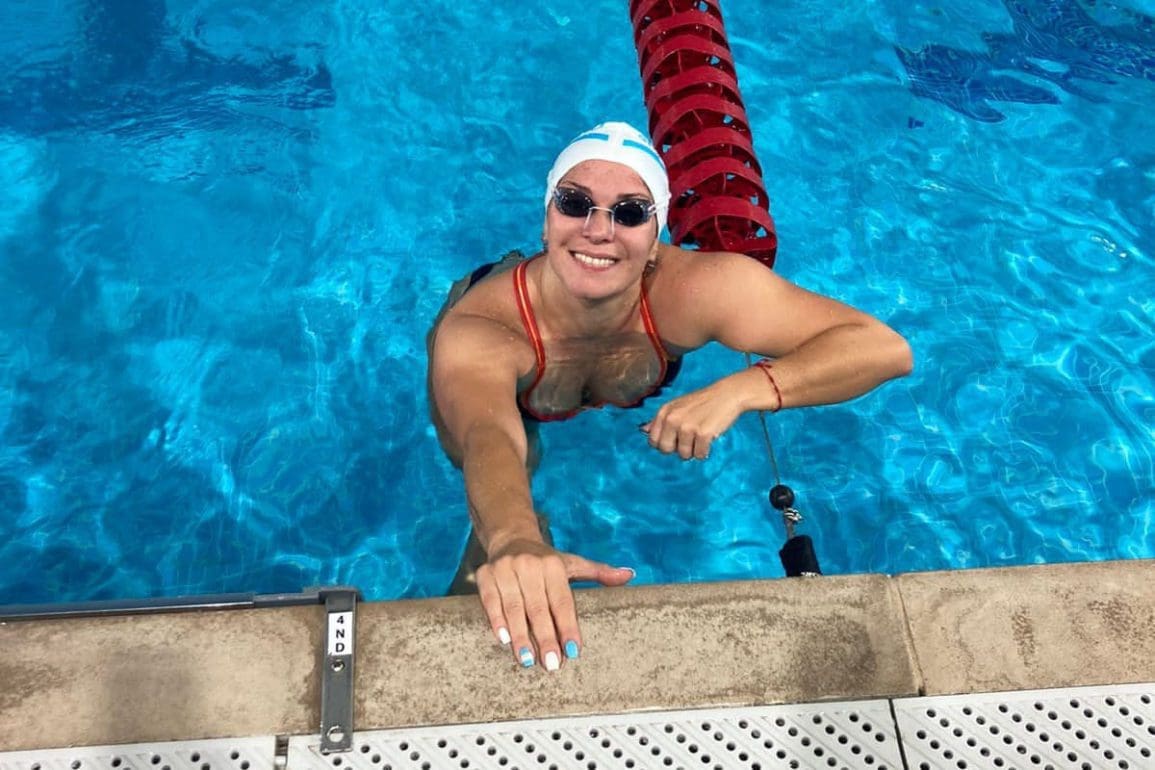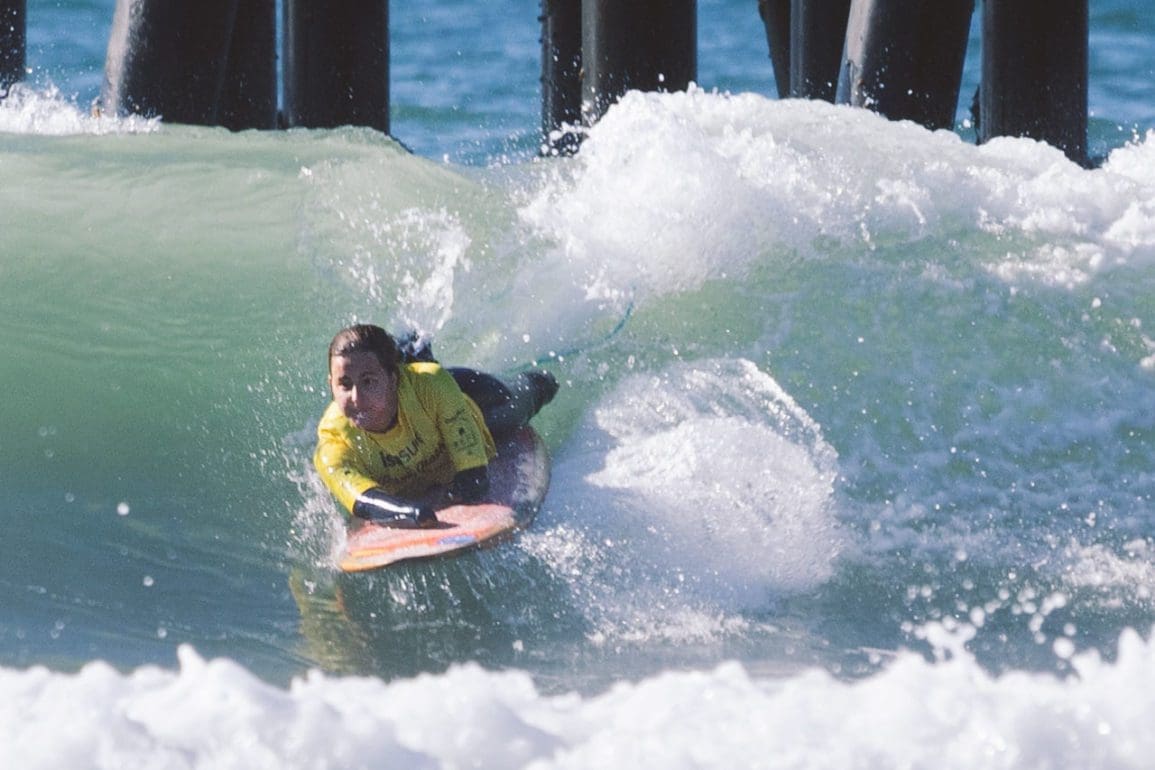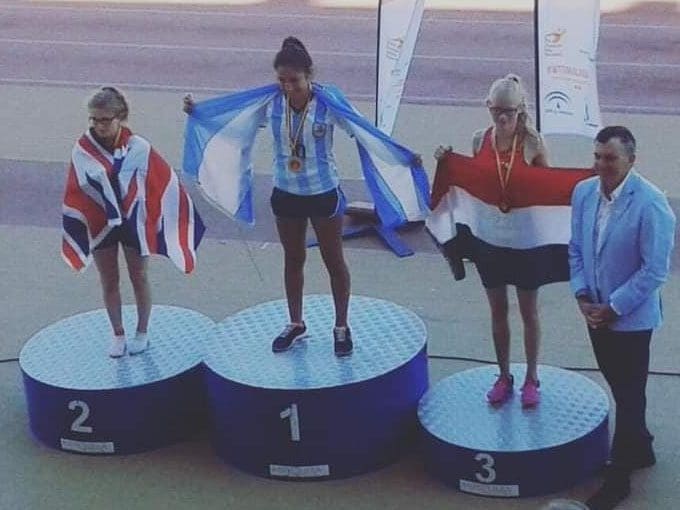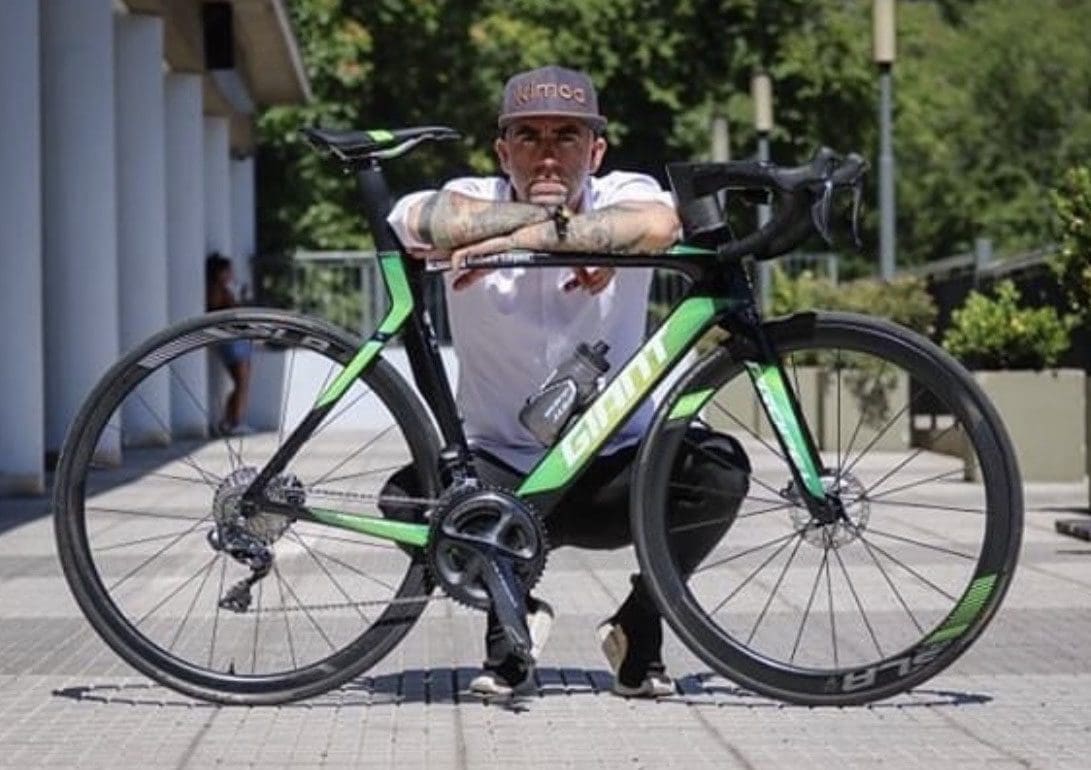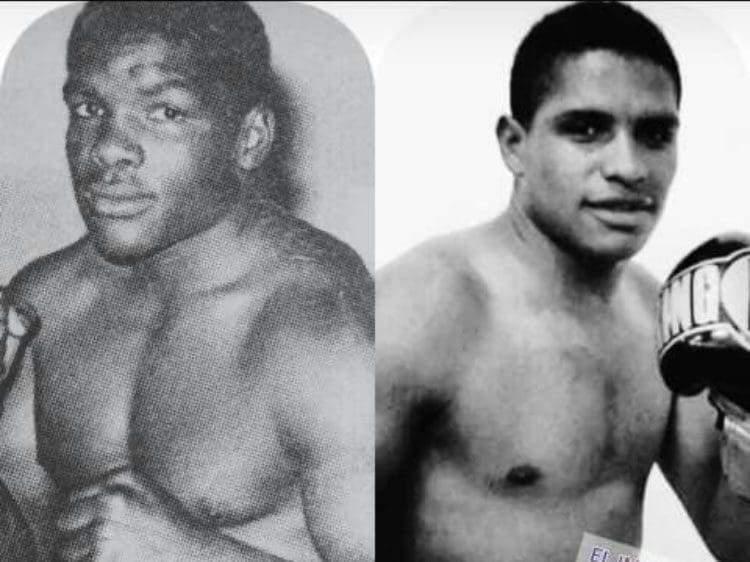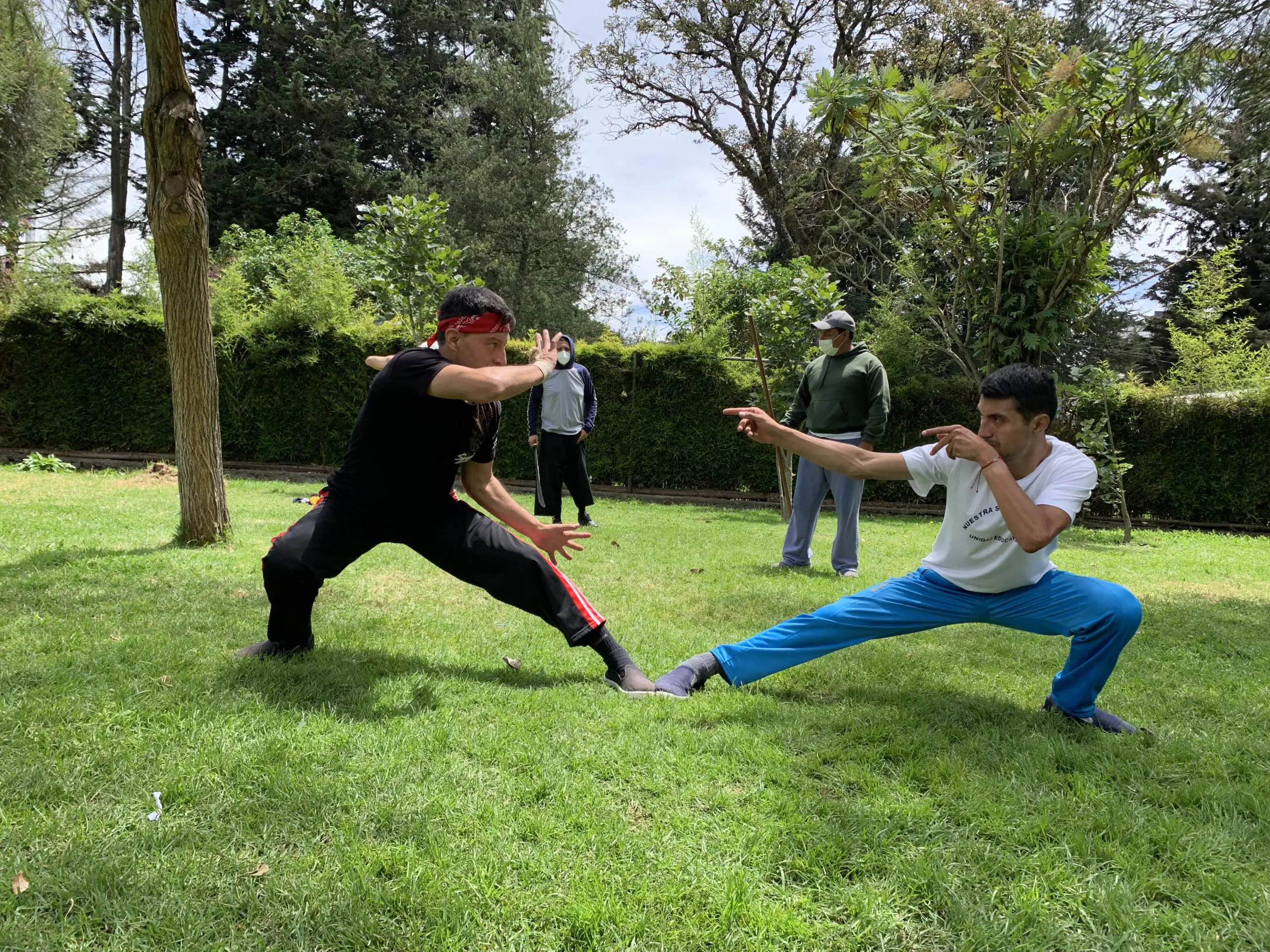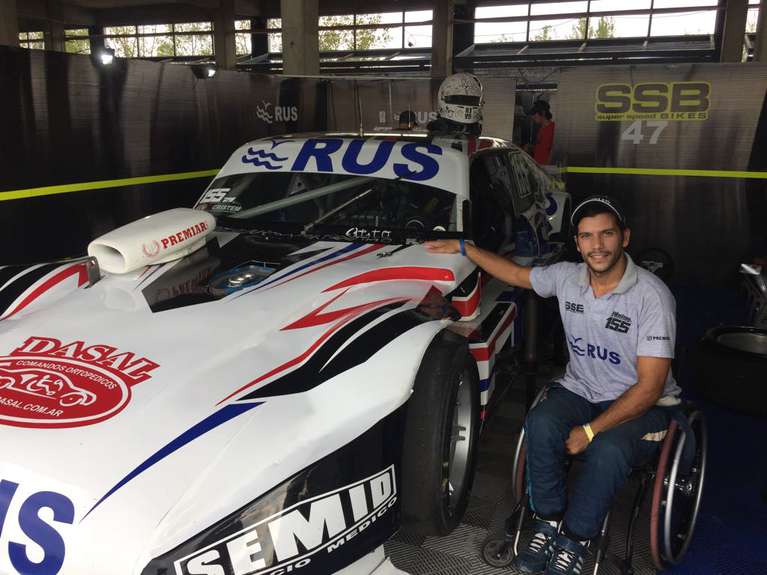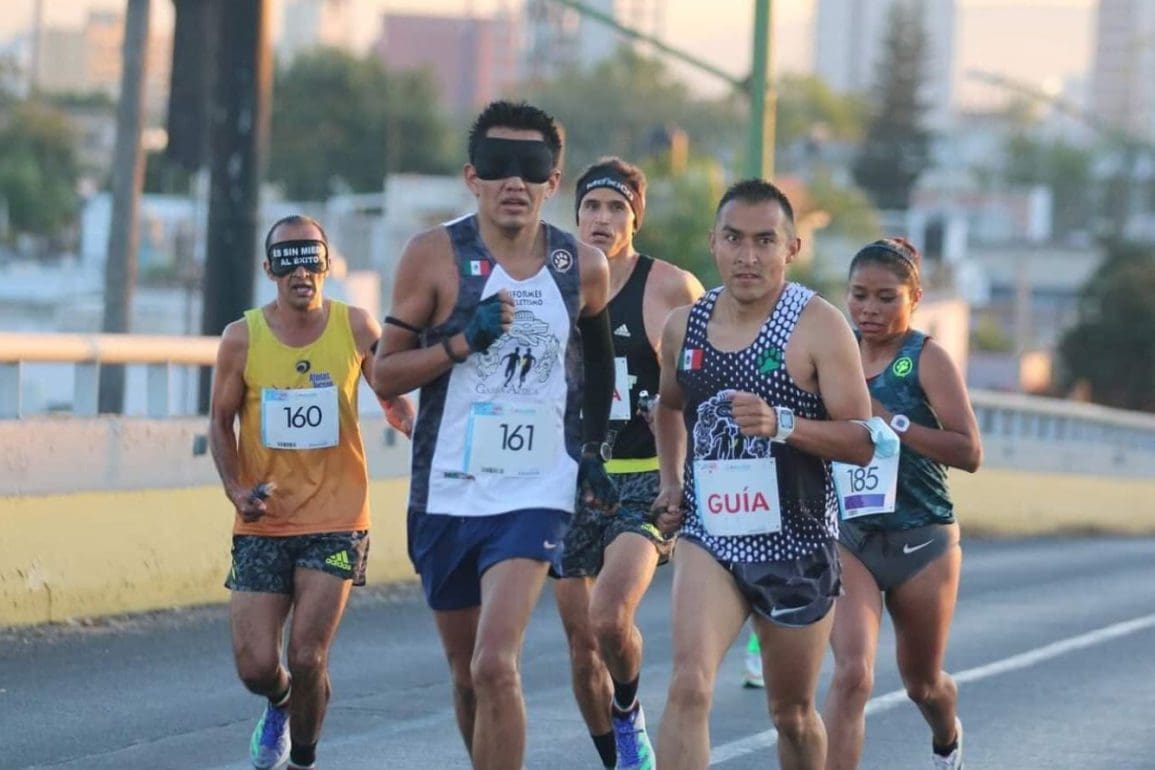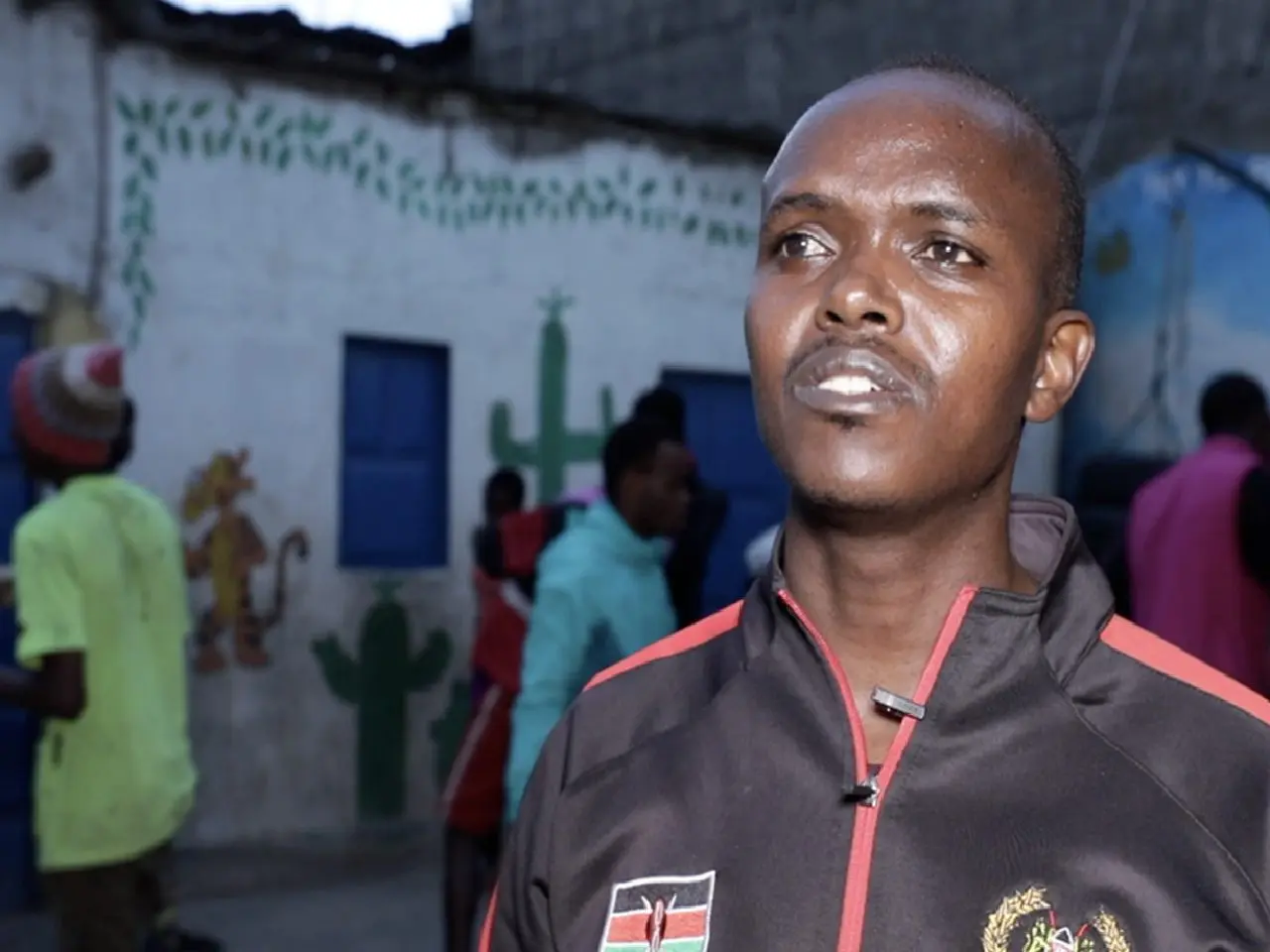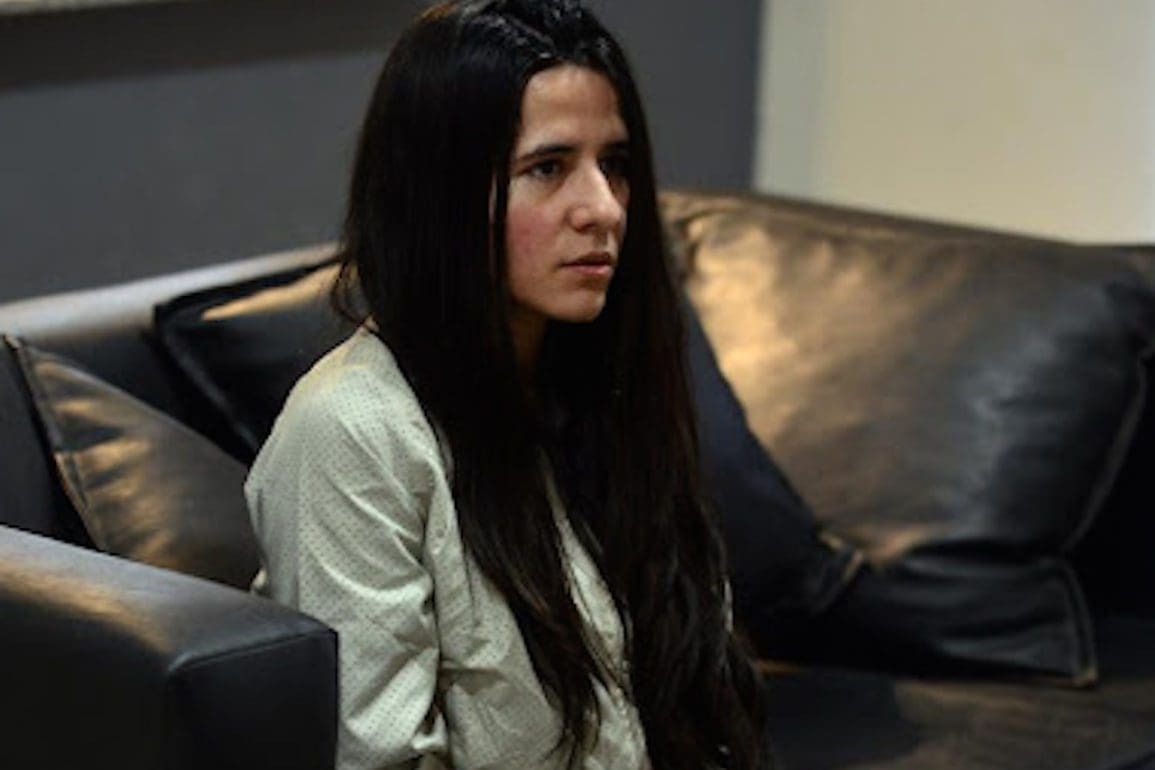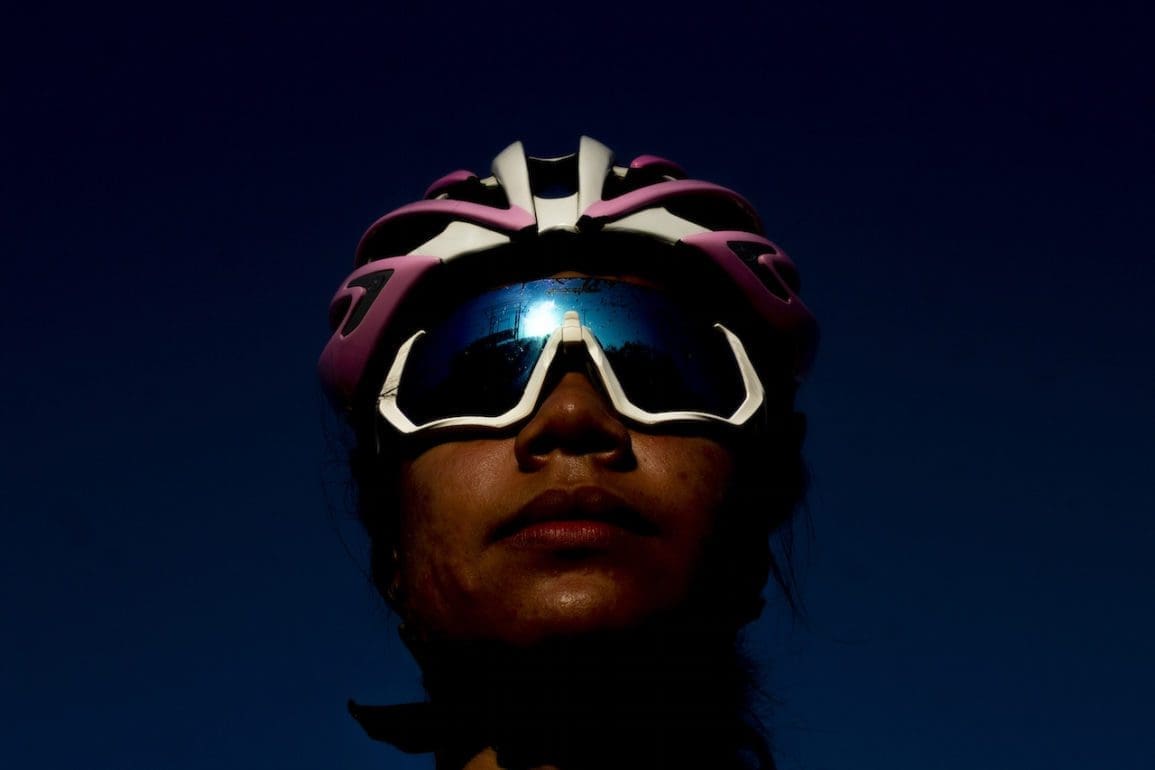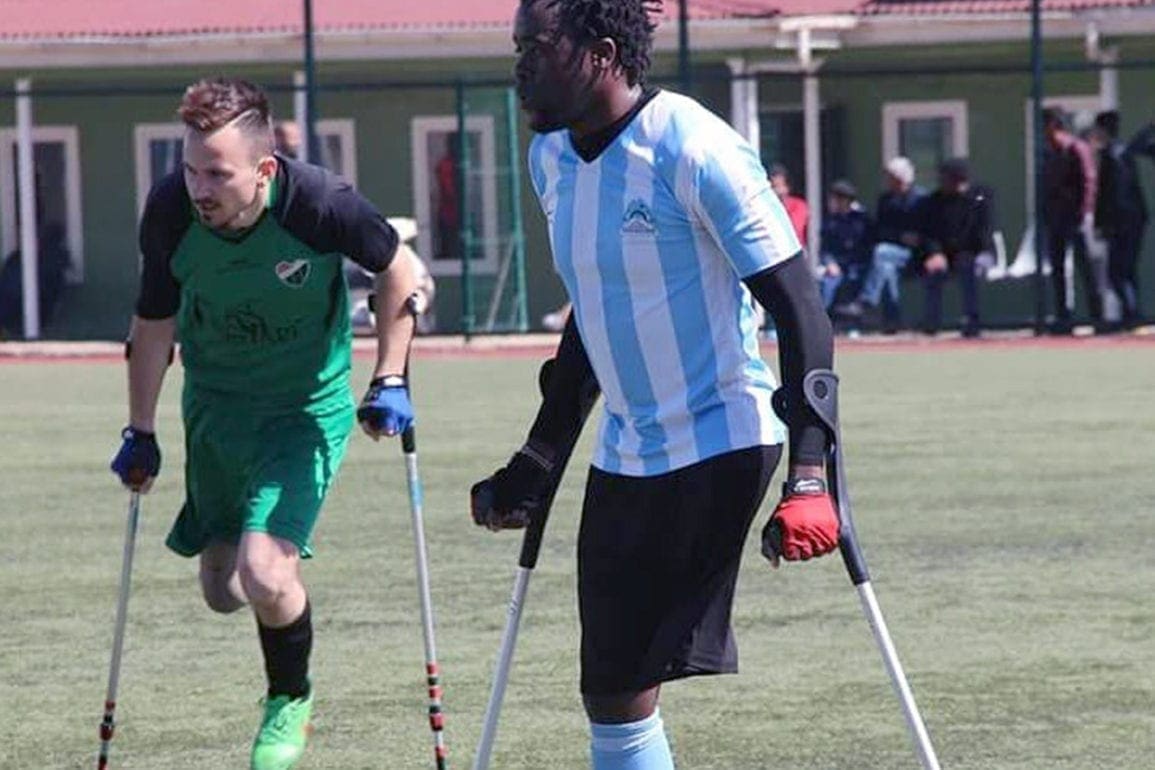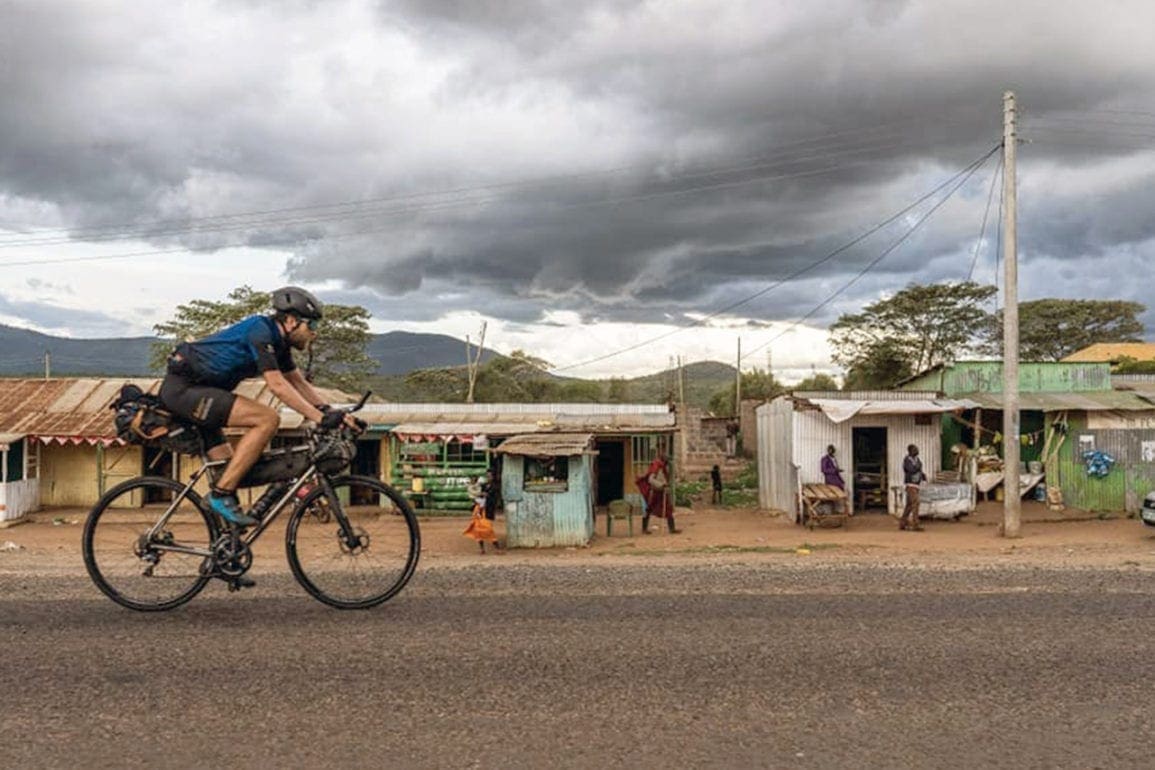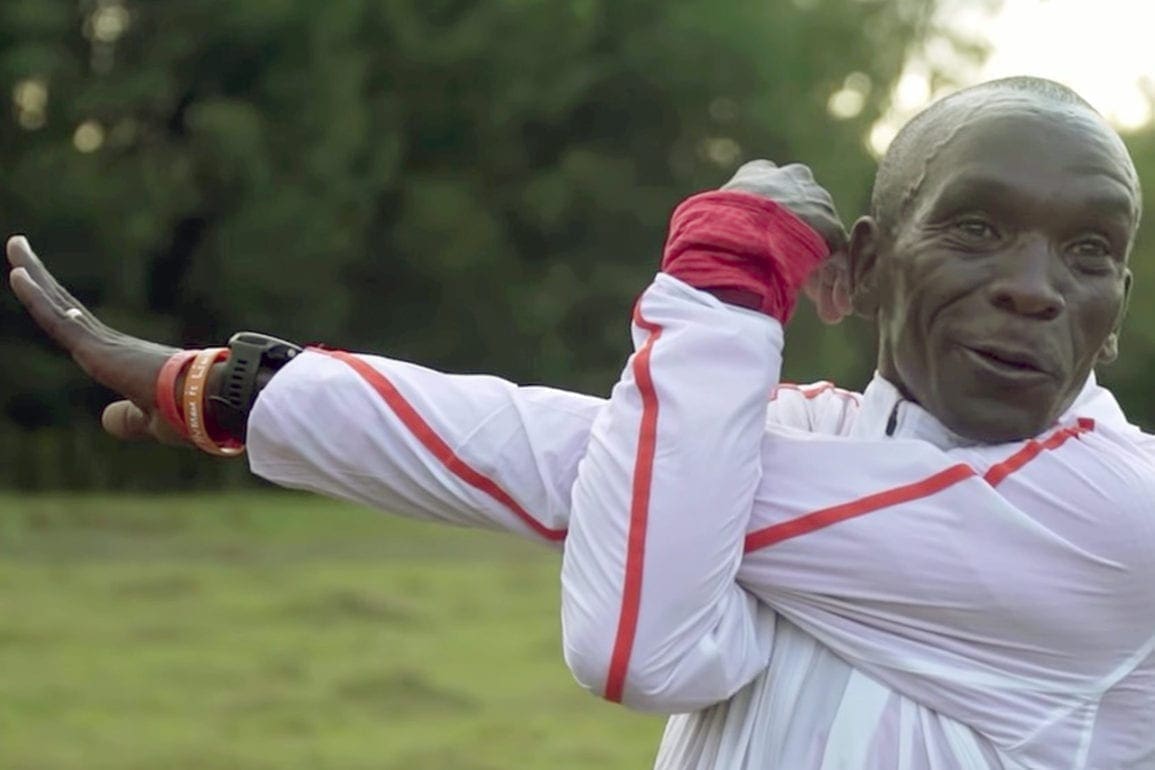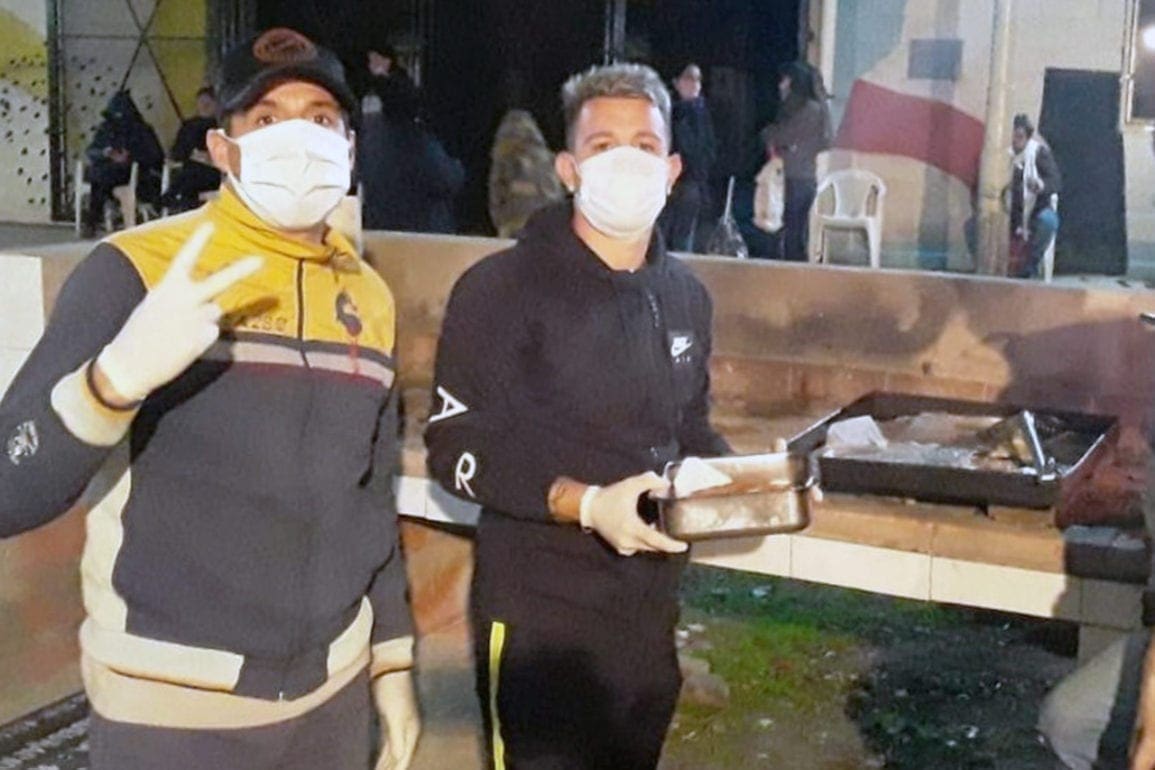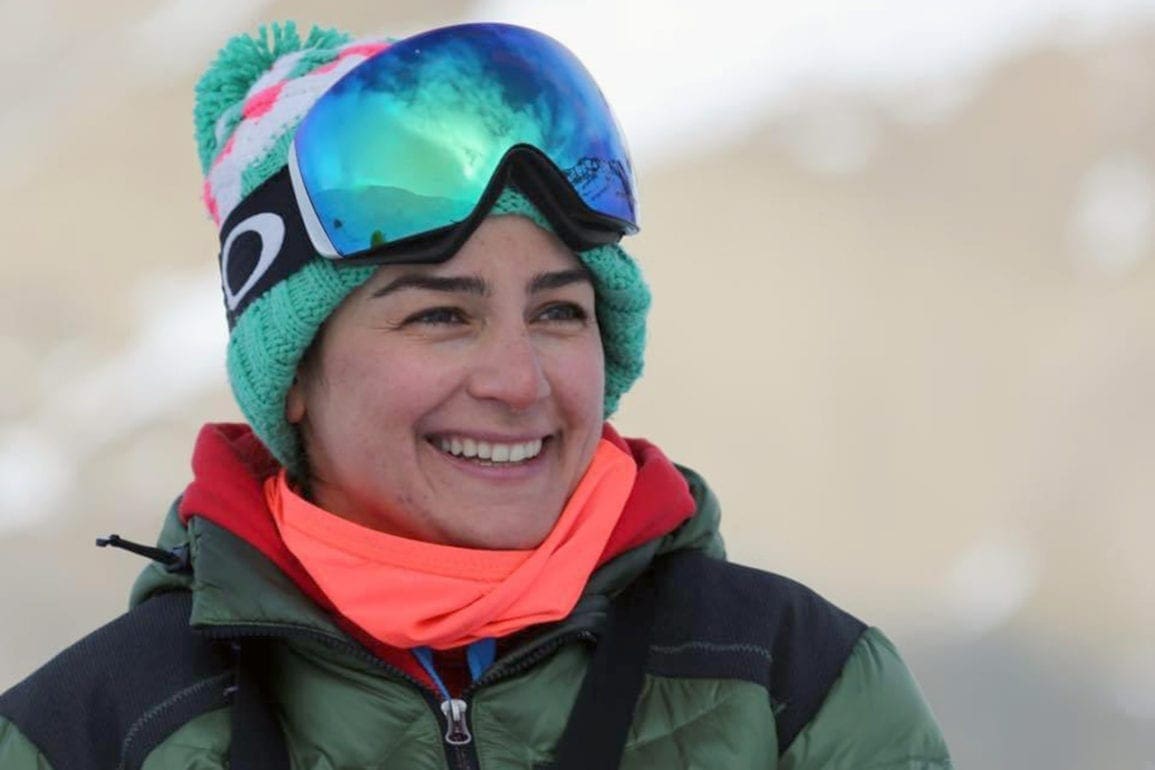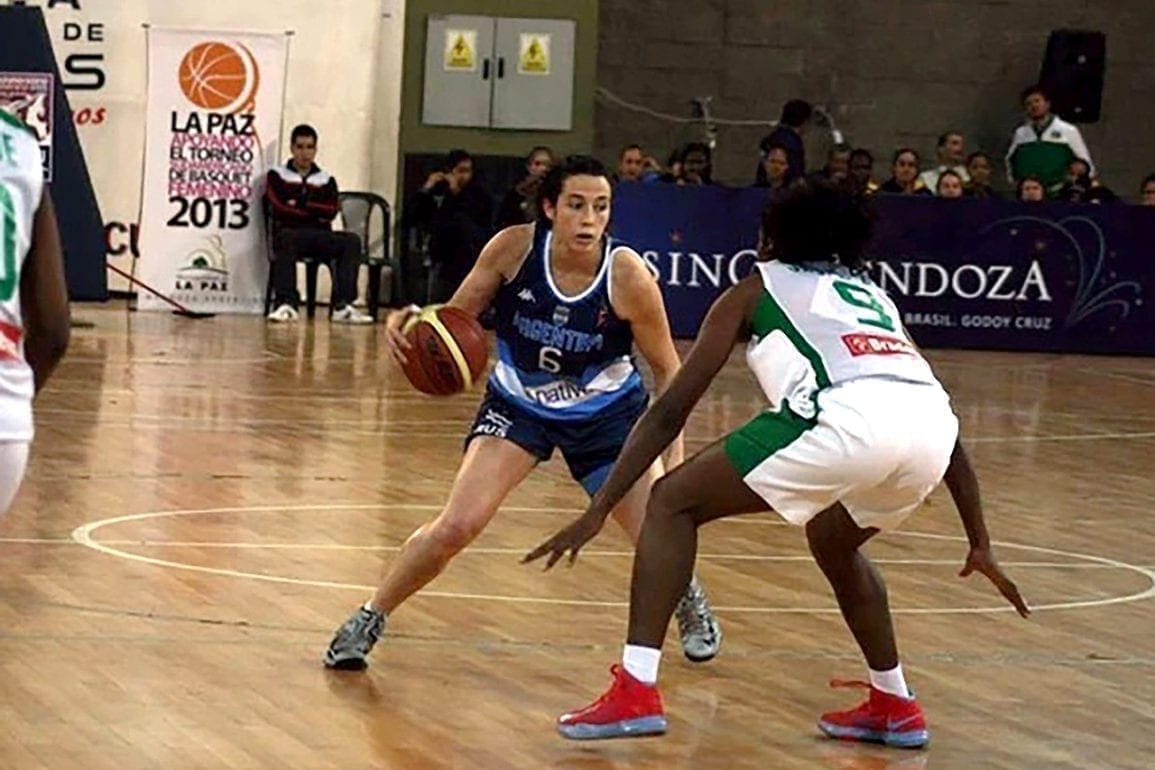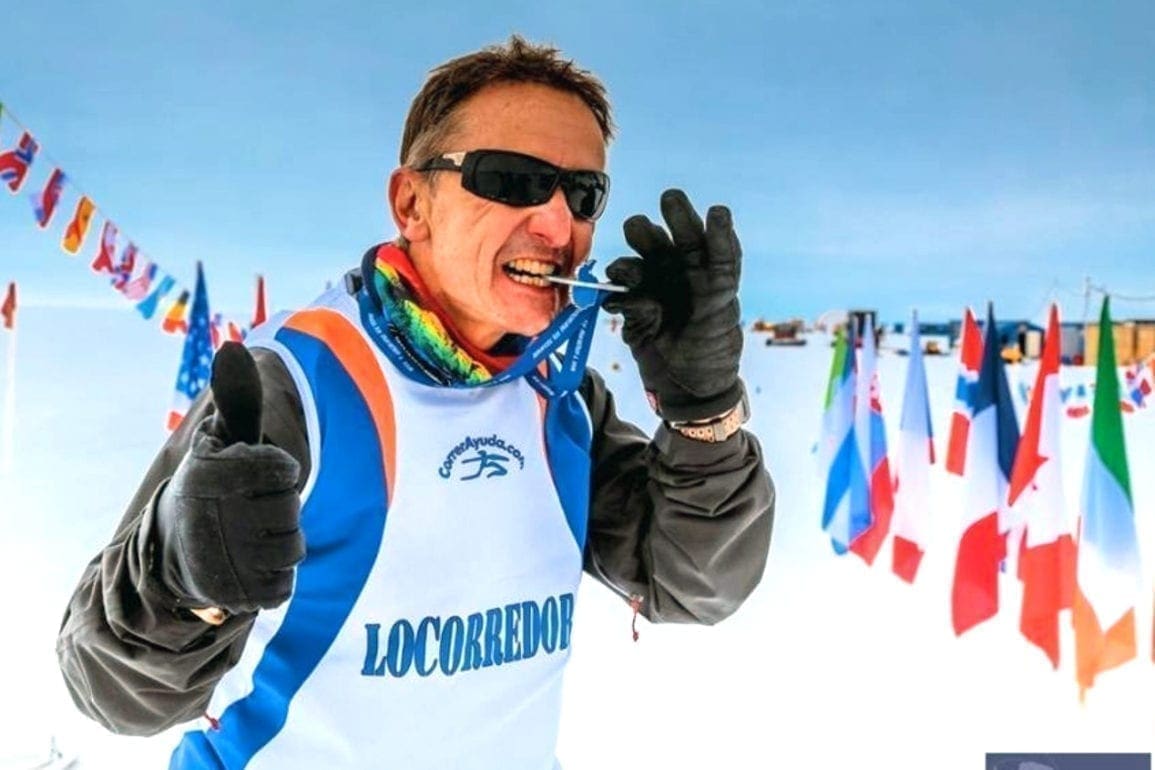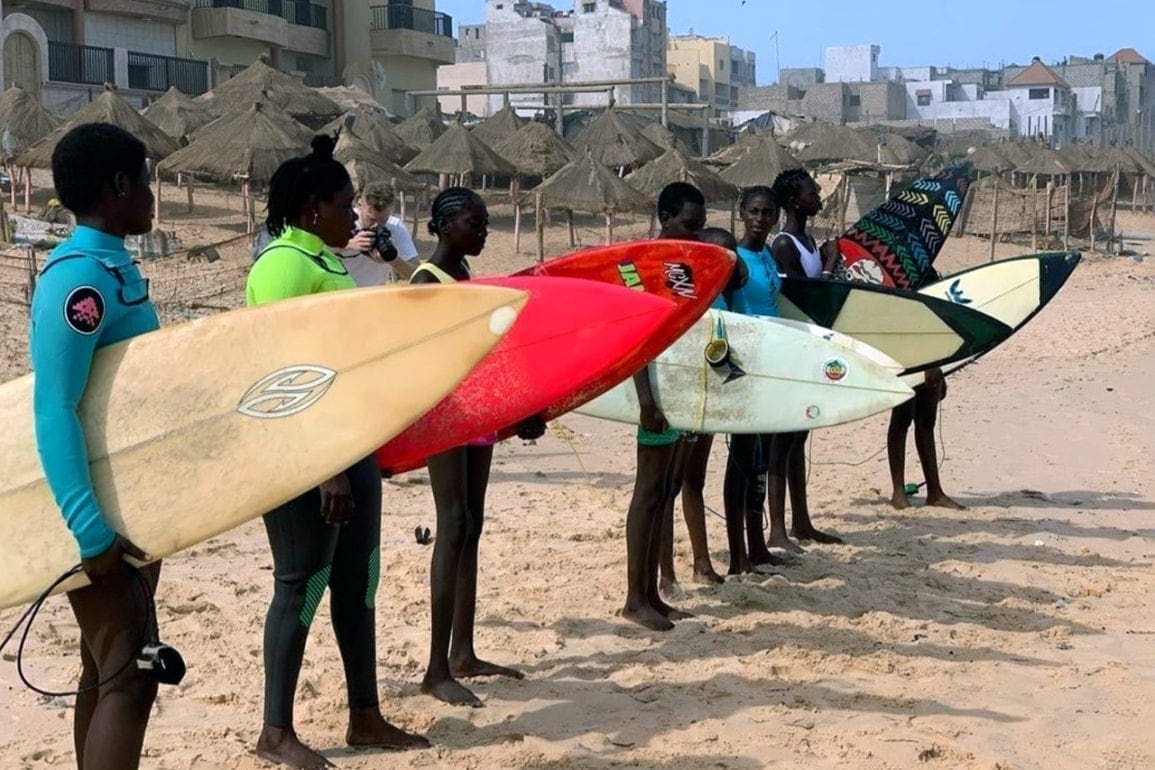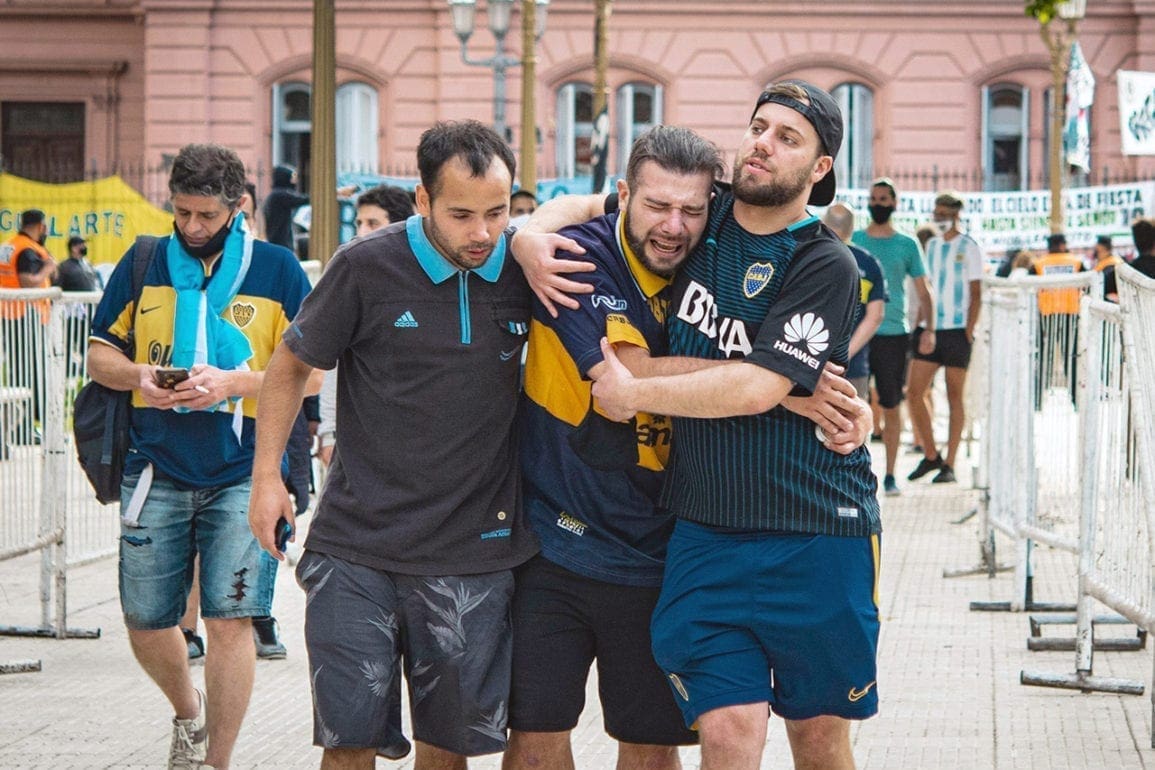Ice swimmer in Argentina crosses Beagle Channel, carries Olympic torch
When I dove into the water, it rose to my knees, then to my thighs and my chest. I walked in the water along the coast, kicking the mussels off the stones with my rubber shoes. I felt the cold from the falling snow throughout my body.
- 3 years ago
August 29, 2022

BUENOS AIRES, Argentina — On the frozen lagoons of Tierra del Fuego, I tried ice swimming for the first time 20 years ago. I soon began swimming in waters below five degrees Celsius without the protection of neoprene gear. Today, I serve as a pioneer in the sport to more than 2,300 swimmers in Argentina.
Ice swimming is not about speeding or racing others to the finish line. We describe ourselves as landscape swimmers. We enjoy recreation as opposed to competition. From the frozen waters, I see the snowy peaks, the mountains, and the magical coasts.
With information more readily available today, and professional athletes using the sport for muscle recovery, I’m no longer the only “crazy guy” diving into frozen waters.
Man trains for rescue missions, becomes recreational ice swimmer
I always loved water sports but when I moved from the city of Buenos Aires to a remote chain of islands on the southernmost tip of South America, I wanted to do more than swimming.
I began training in ice swimming to serve on rescue missions. During our course, the instructors taught us maneuvers to jump from a helicopter into the open sea. We wore neoprene suits and fins. On the job, we rescued victims and swam them back to boats that took us to the coast. Trucks awaited to transport us to the heliport, where victims were then flown to nearby hospitals.
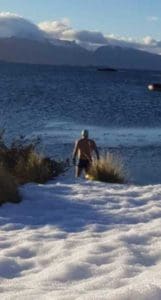
I soon began swimming for recreation. Then, one day, I took off my suit. I remember those first few minutes, swimming in two degrees Celsius with no thermal protection. My body adapted to the cold as I managed my breathing. We had learned a technique called conscious breathing during training, and I used it. As I rose out of the water, I managed the tremors as my body adjusted and recovered.
I view ice swimming as a progressive sport. Before diving into the cold water, I make sure I am warm, wearing a jacket and bathing shorts. Where I swim, there is no sand on the coast so mussels attach to the stones. I wear rubber shoes to protect my feet from being cut. When I feel ready, I take everything off and walk along the coast to slowly submerge my body in the water. I dive and swim, gradually allowing the water to move from my knees to my chest.
Surrounded by snowy mountain peaks, he swims the Rio Grande
I usually swim the Beagle Channel where temperatures vary from nine degrees Celsius in the summer to two degrees in the winter. This takes about an hour. I train during the winter months, when snowfall creates millions of hidden lagoons. When I enter the frozen lagoon, they transform into giant puddles, close to zero degrees.
I break the ice and by the then, the water reaches my waist. Depending on the weather conditions, I stay in the water for 20 minutes to a half hour. My longest time in the lagoon was 45 minutes.
My most recent swim took place at the Rio Grande on the coast of the South Atlantic Ocean. I traveled 200 kilometers or 124 miles from Ushuaia by car to arrive there. A group of us got ready at the water’s edge, staying warm with pants, sneakers, and a mouth cover. We endured snow and wind.
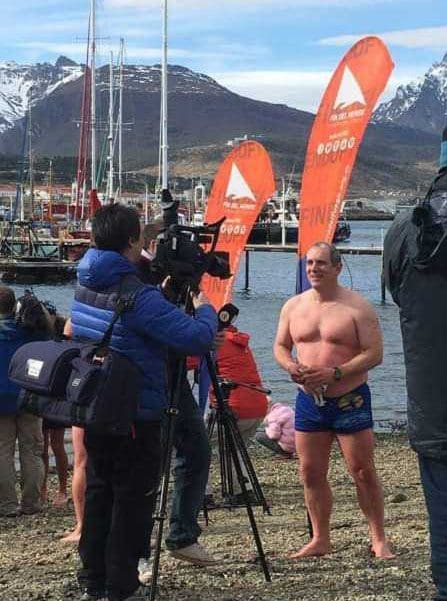
When the organizer said, “Let’s get in the water,” I took everything off except bathing shorts and dove in. Though I did not feel cold with my clothes on, in the water, the chill invaded me. The water rose to my knees, thighs, and then my chest. I walked for several minutes along the coastline, breaking muscles off the rocks. I could feel the wind as I looked at the snowy peaks, the pines, and the color of the water.
Gratitude filled me as I became a part of nature. With the water at one degree and the outside temperature one degree below zero, my body began to adjust. I dove into the ice water.
After the excursion, when I emerged from the sea, the organizer wrapped me up in a poncho and I drank to keep warm. It took five minutes of shivering before I could murmur a word.
The sport of unprotected ice swimming grows
It excites me to know more people want to learn ice swimming. Not only in my hometown of Ushuaia, but in Chile and Uruguay, ice swimming continues to gain popularity. The nonprofit Cold Water Swimmers (NAF) seeks to make open water swimming more accessible.
No one should ever swim alone, and swimmers should always follow safety recommendations. With ice swimming, you need someone out of the water waiting for you, because after ten or fifteen minutes in the water, you begin to go numb. The fingers and toes begin to freeze. Sometimes, we cannot even put on a stocking when we emerge.
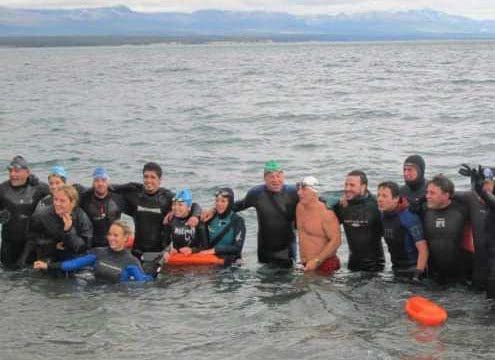
We may be conscious and able to talk, but rarely can we untie a shoe or put on a sock without help. For me, I need that cup of coffee or hot chocolate as soon as I leave the water. At 56-years-old, it feels good to be a pioneer in ice swimming. I even got to carry the 2018 Youth Olympic Torch to the Les Éclaireurs Lighthouse, but I have even more challenges to face.
As the sport grows, my aspirations grow too. I dream of swimming in Antarctica, amongst the amazing ice there. I know the cold water can freeze me so I will practice swimming for an hour at the same temperatures. This is what I want to do most.

